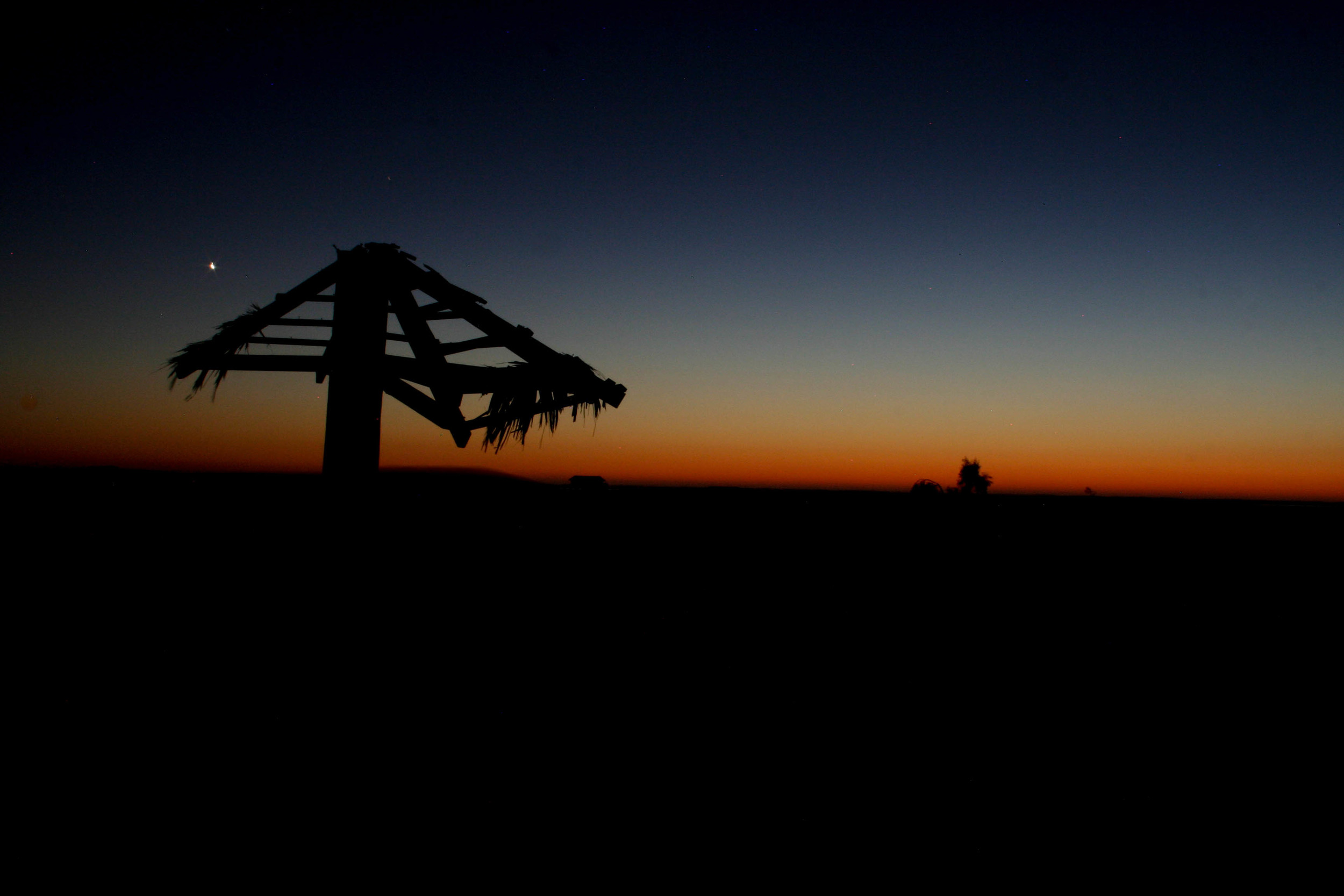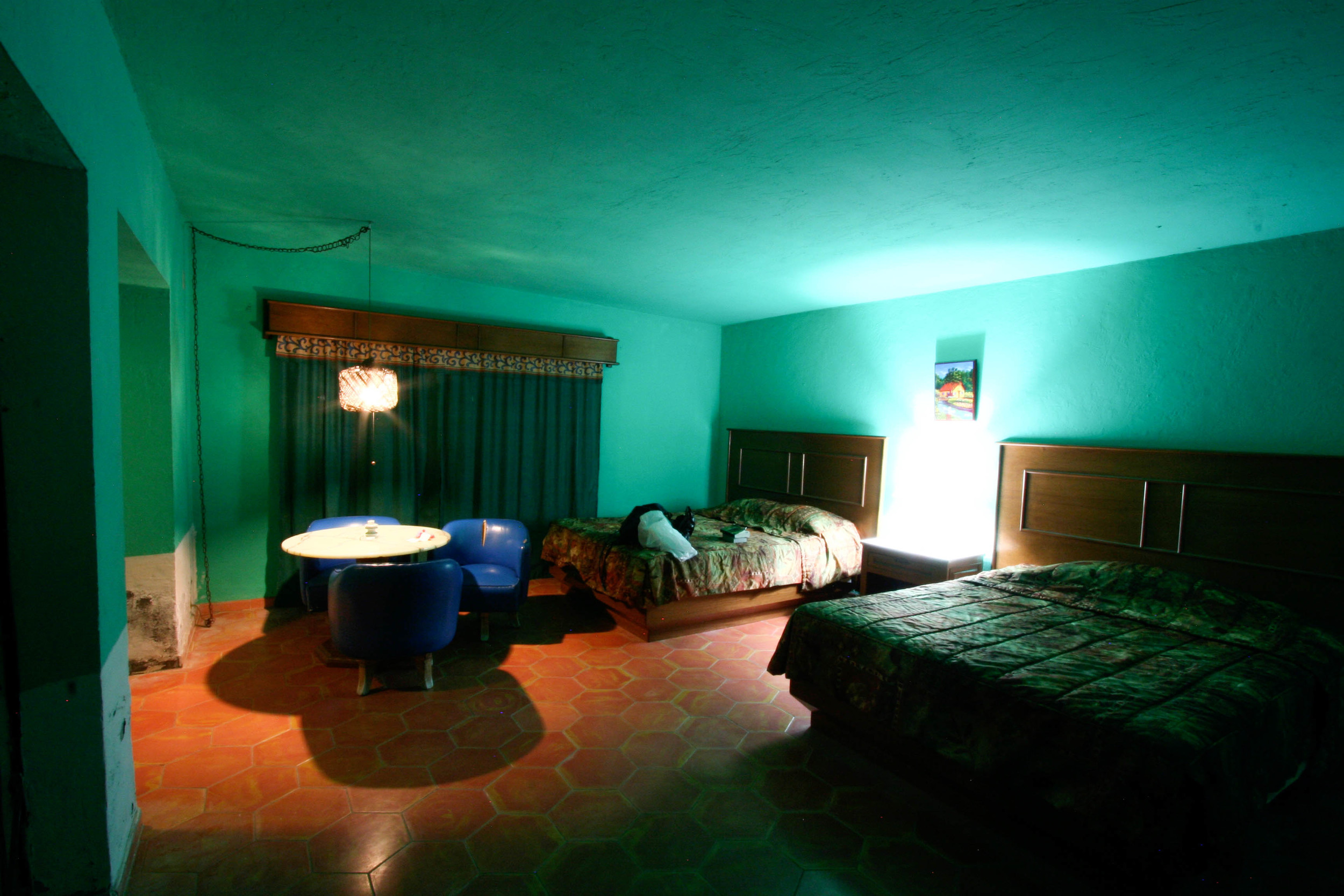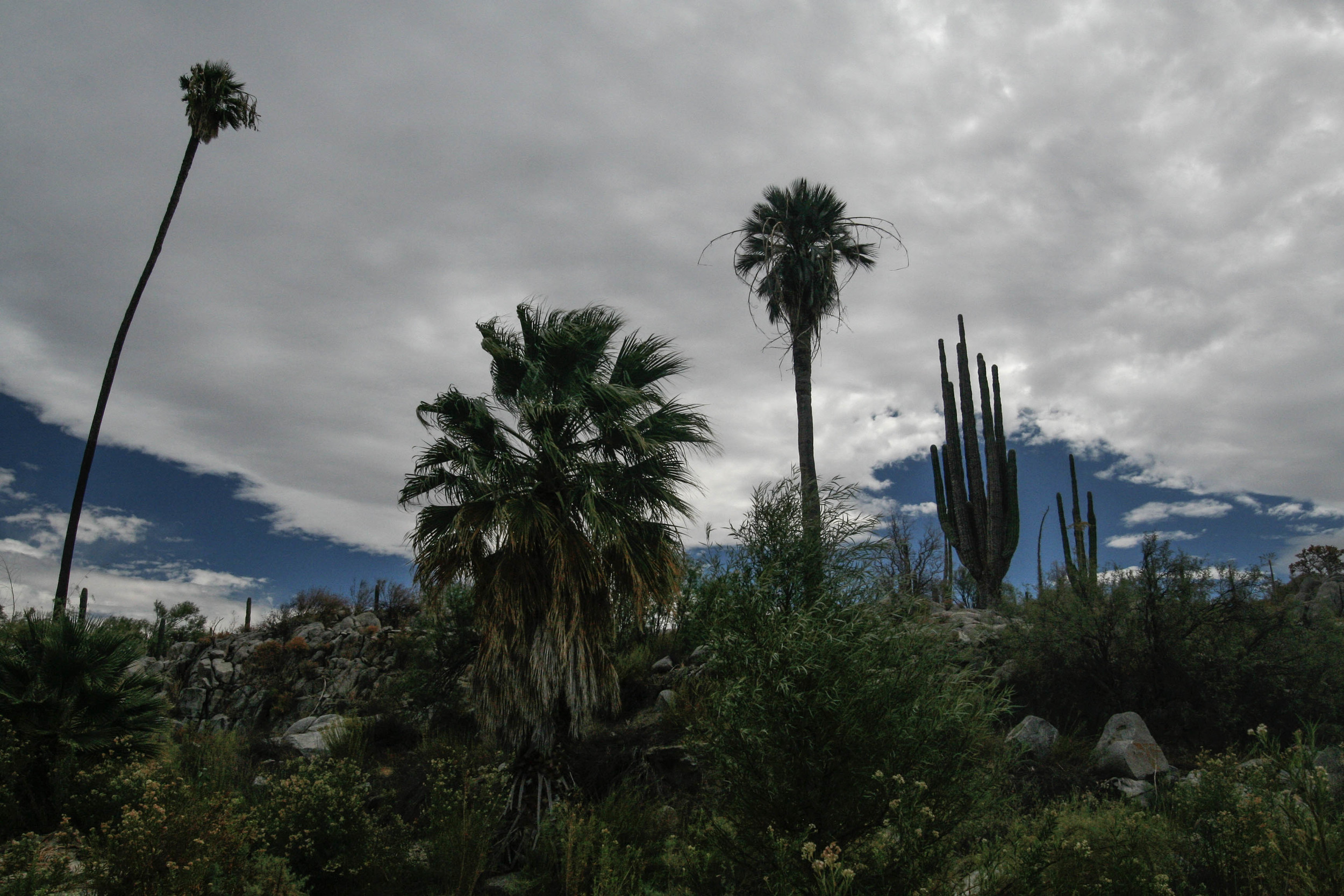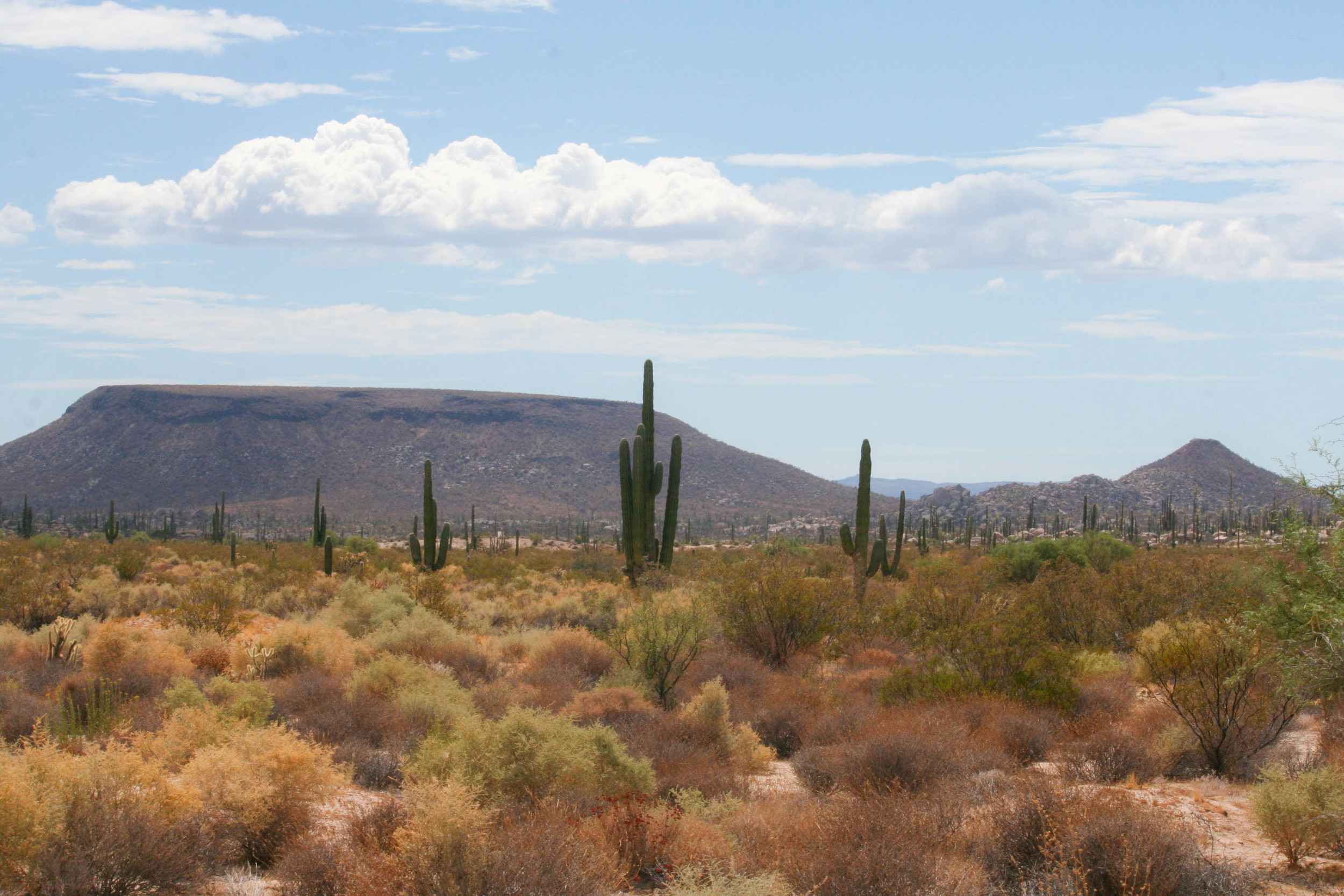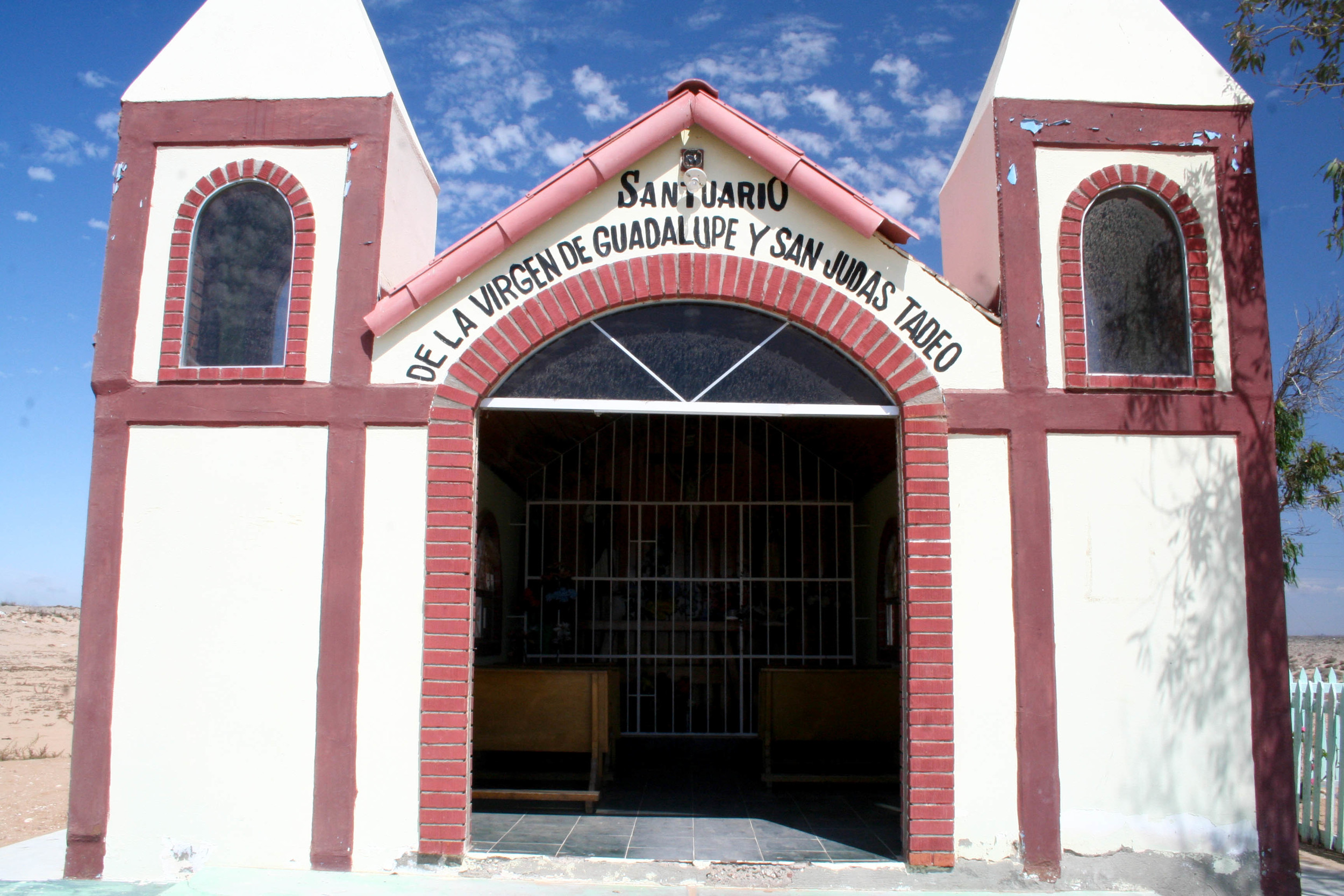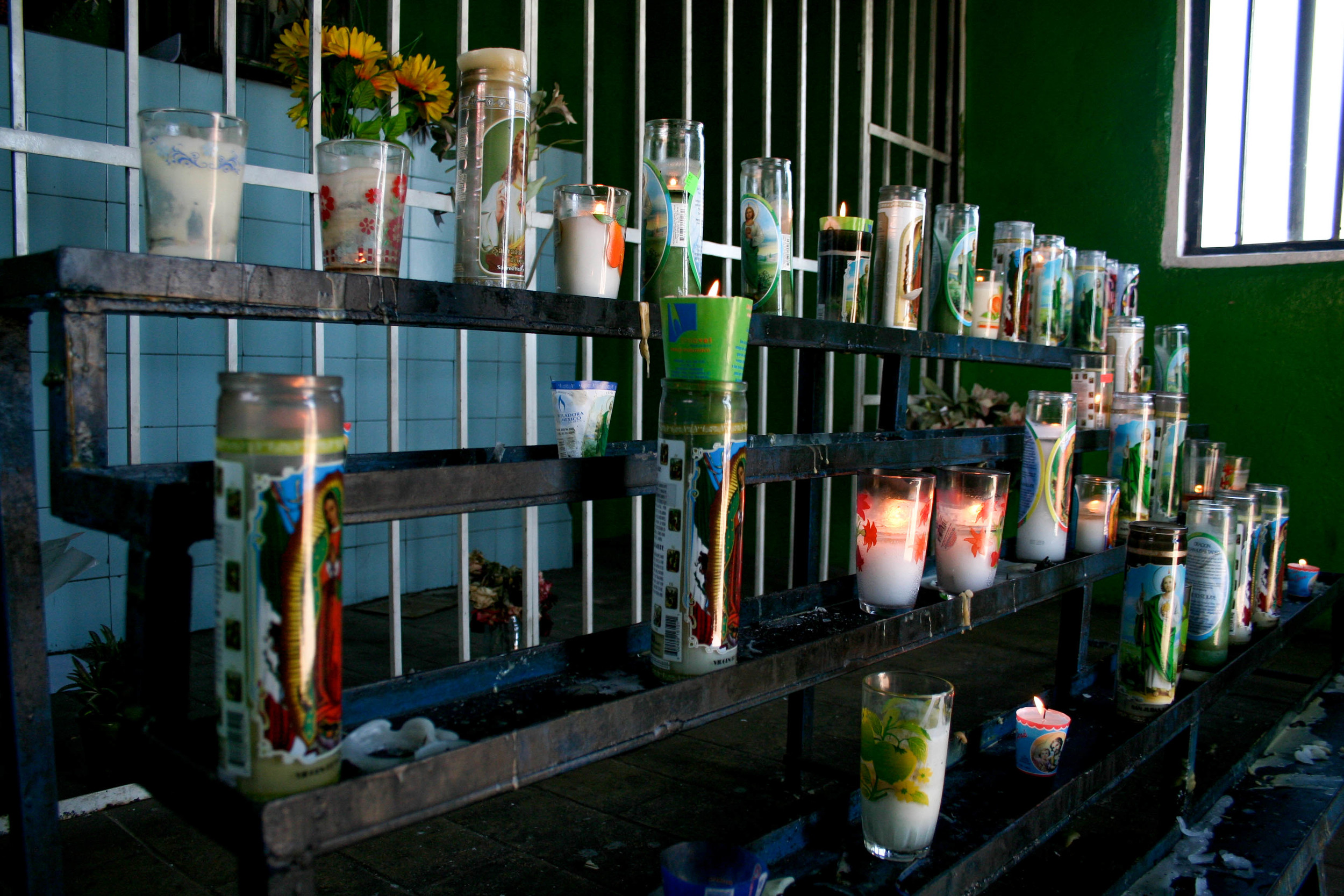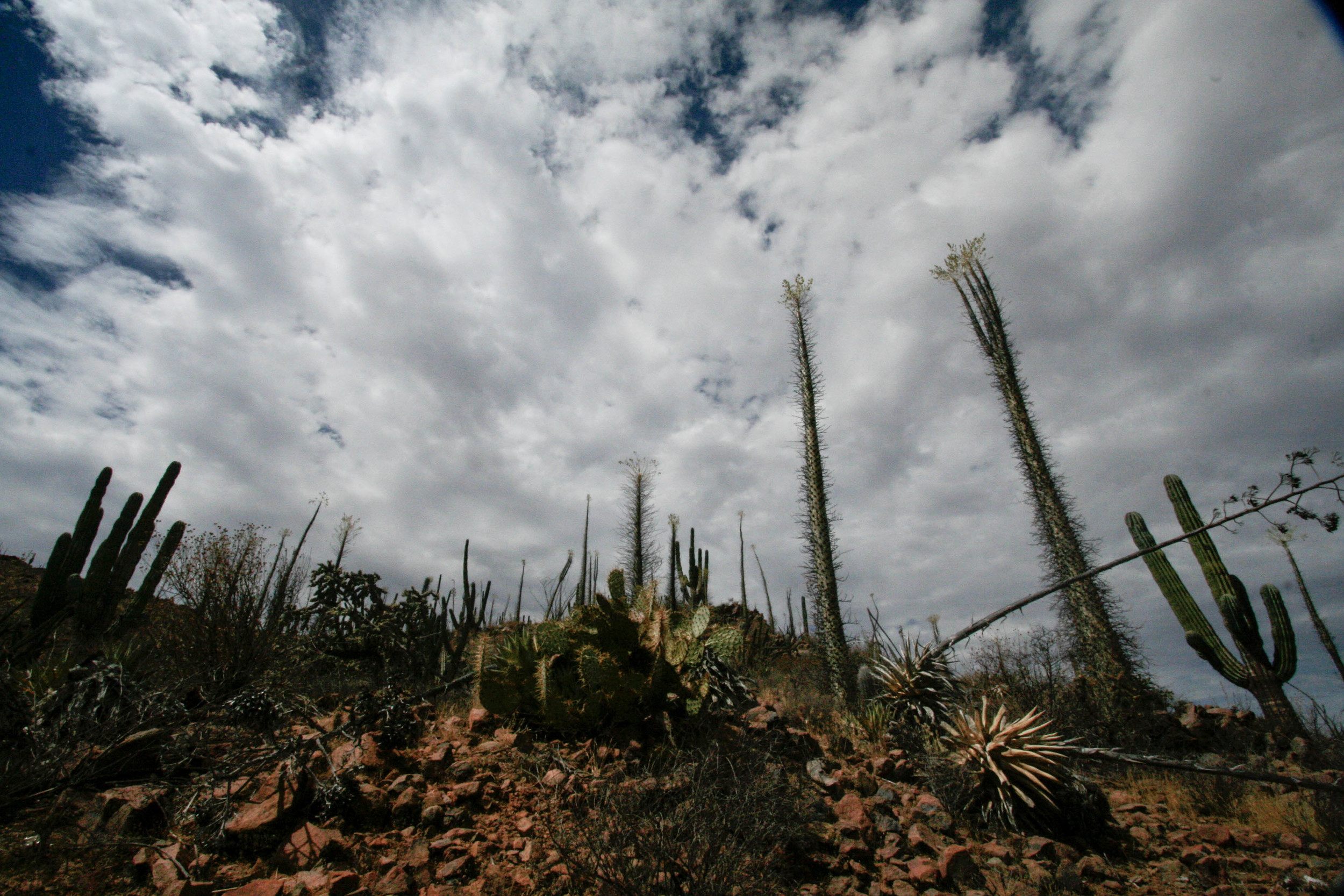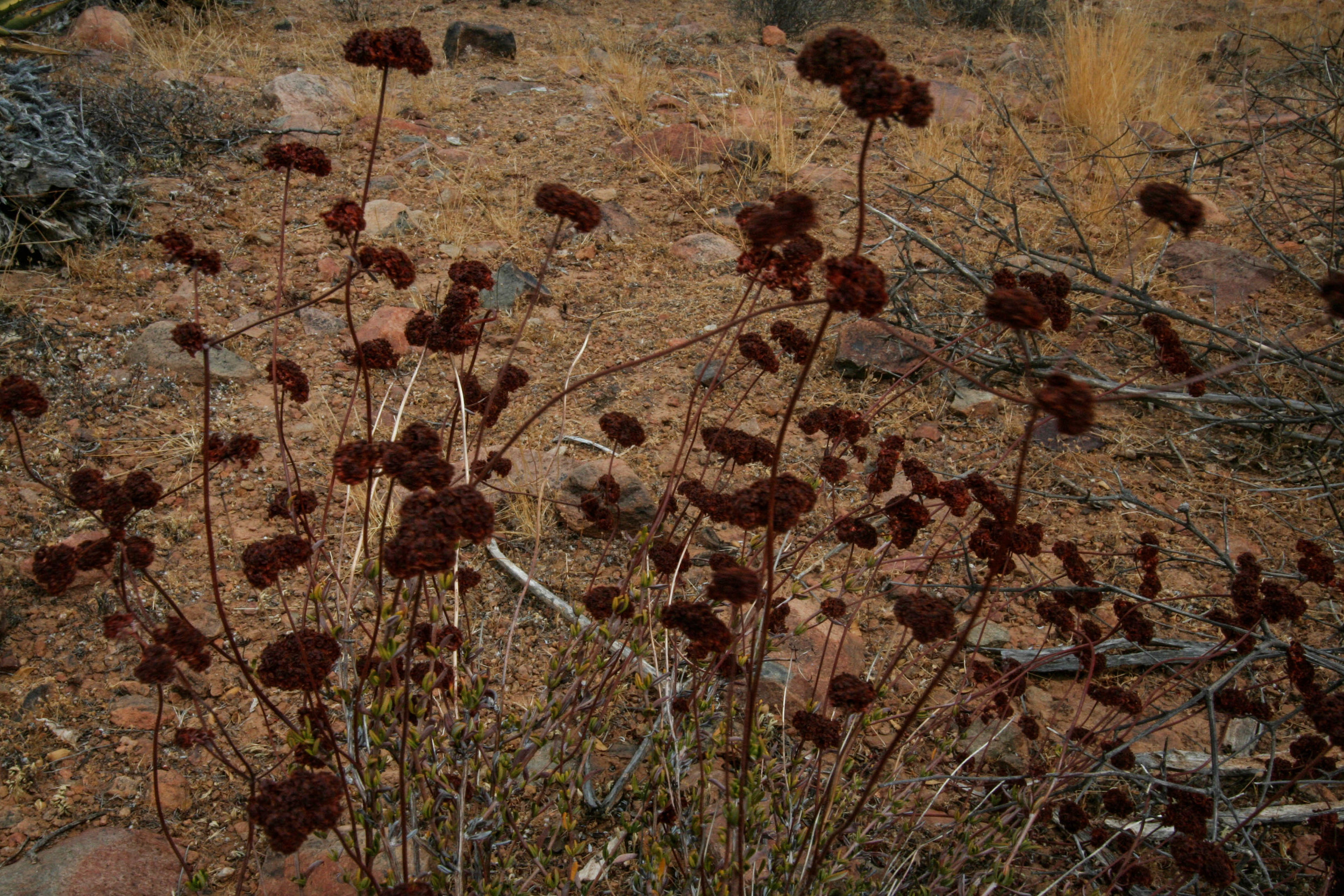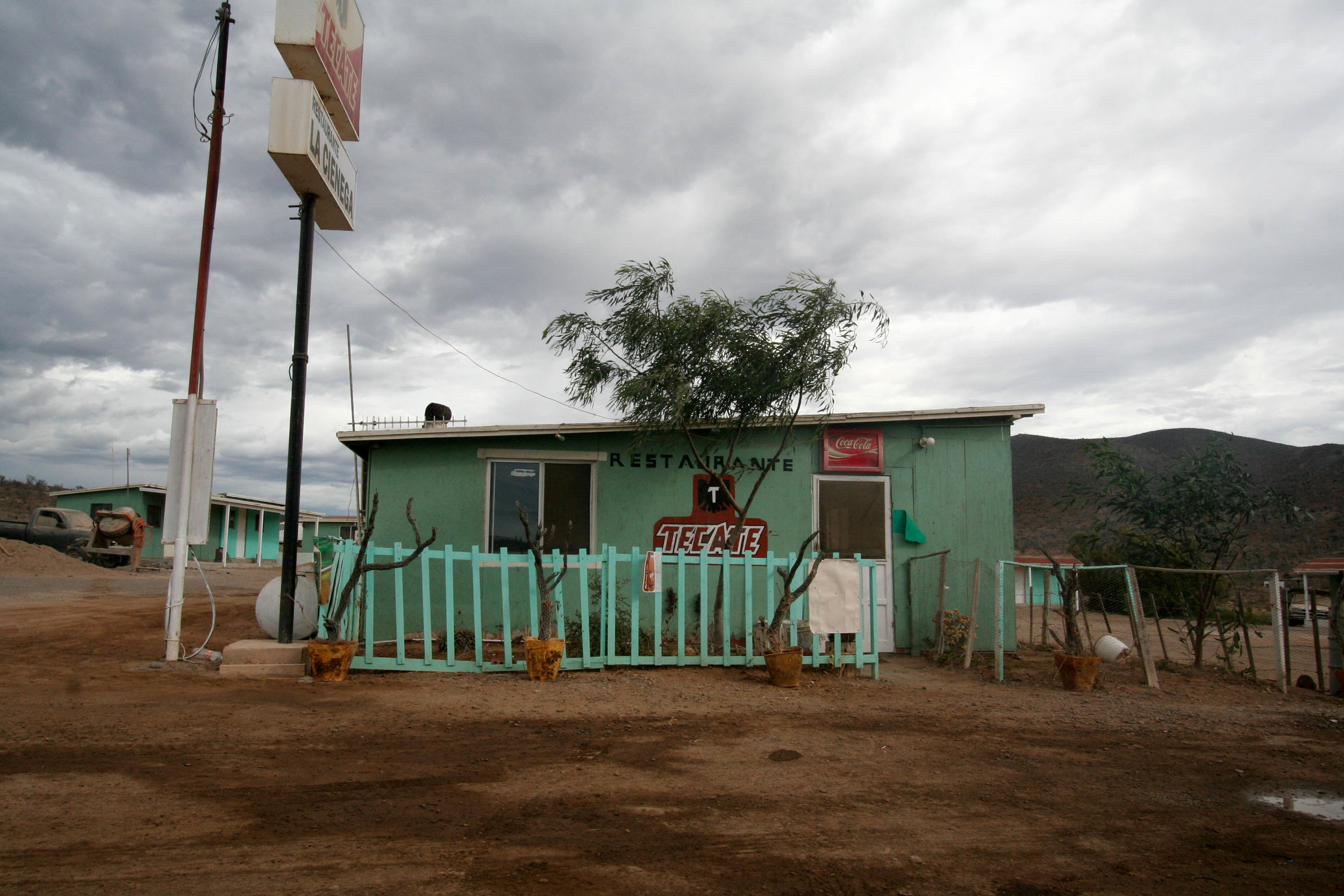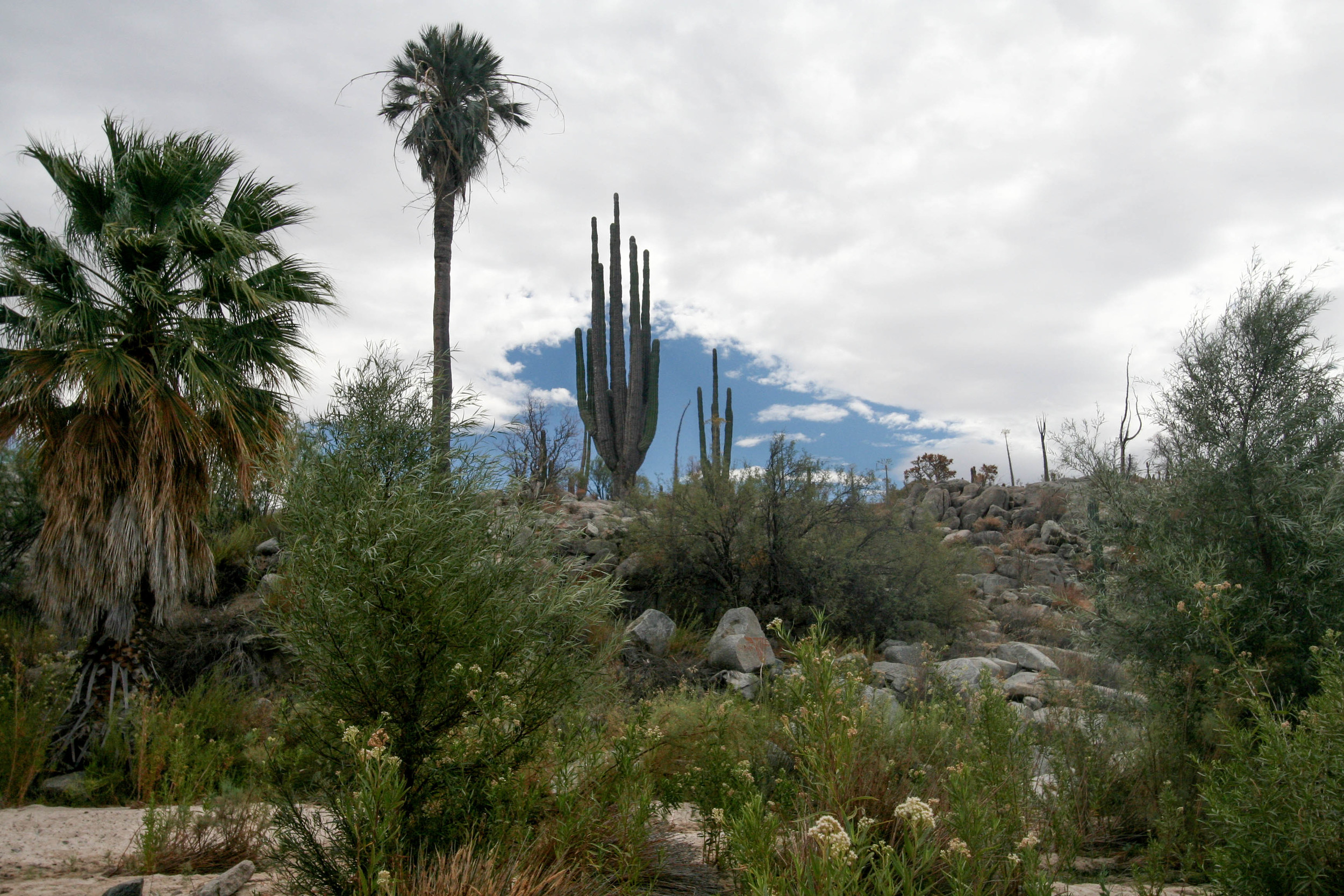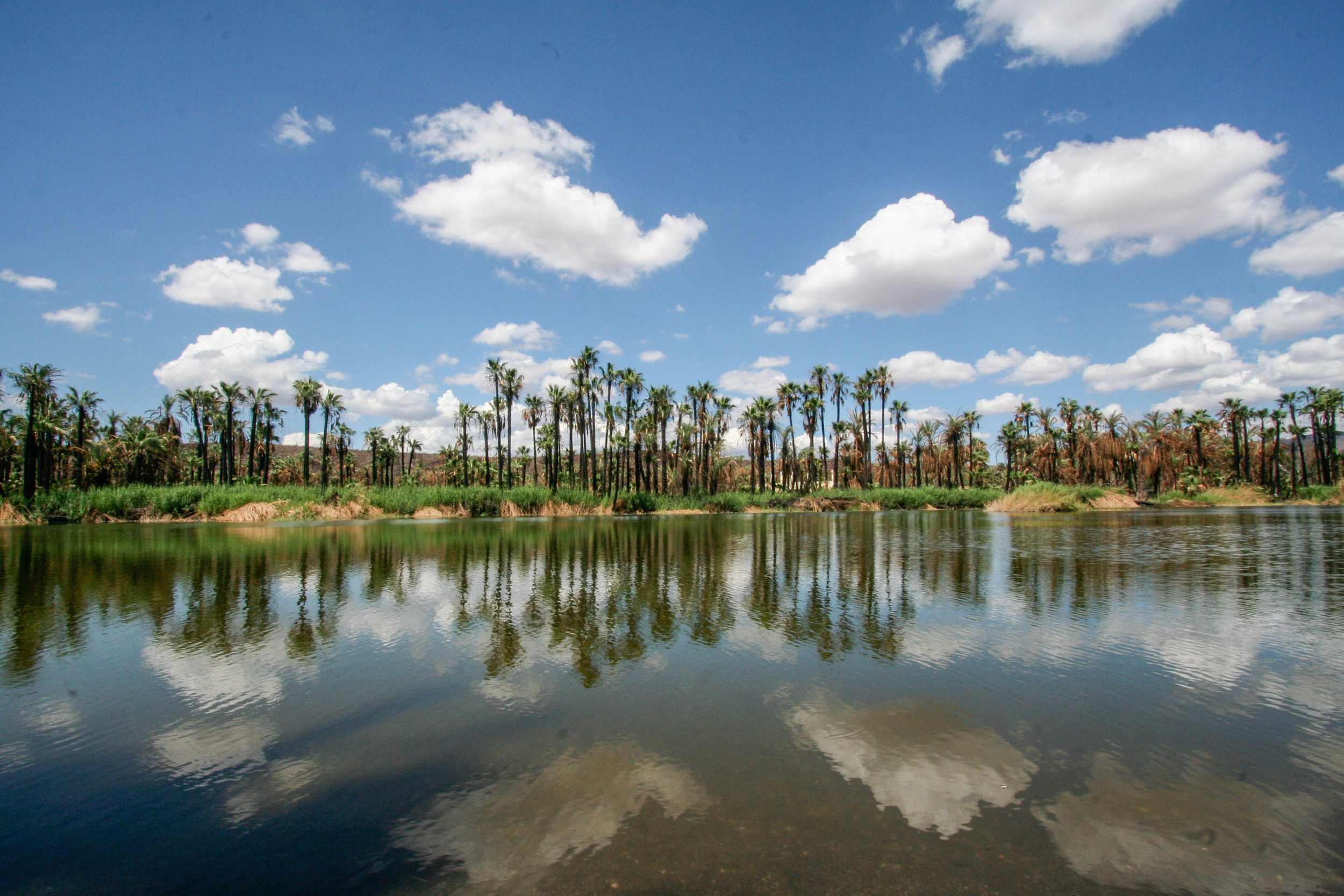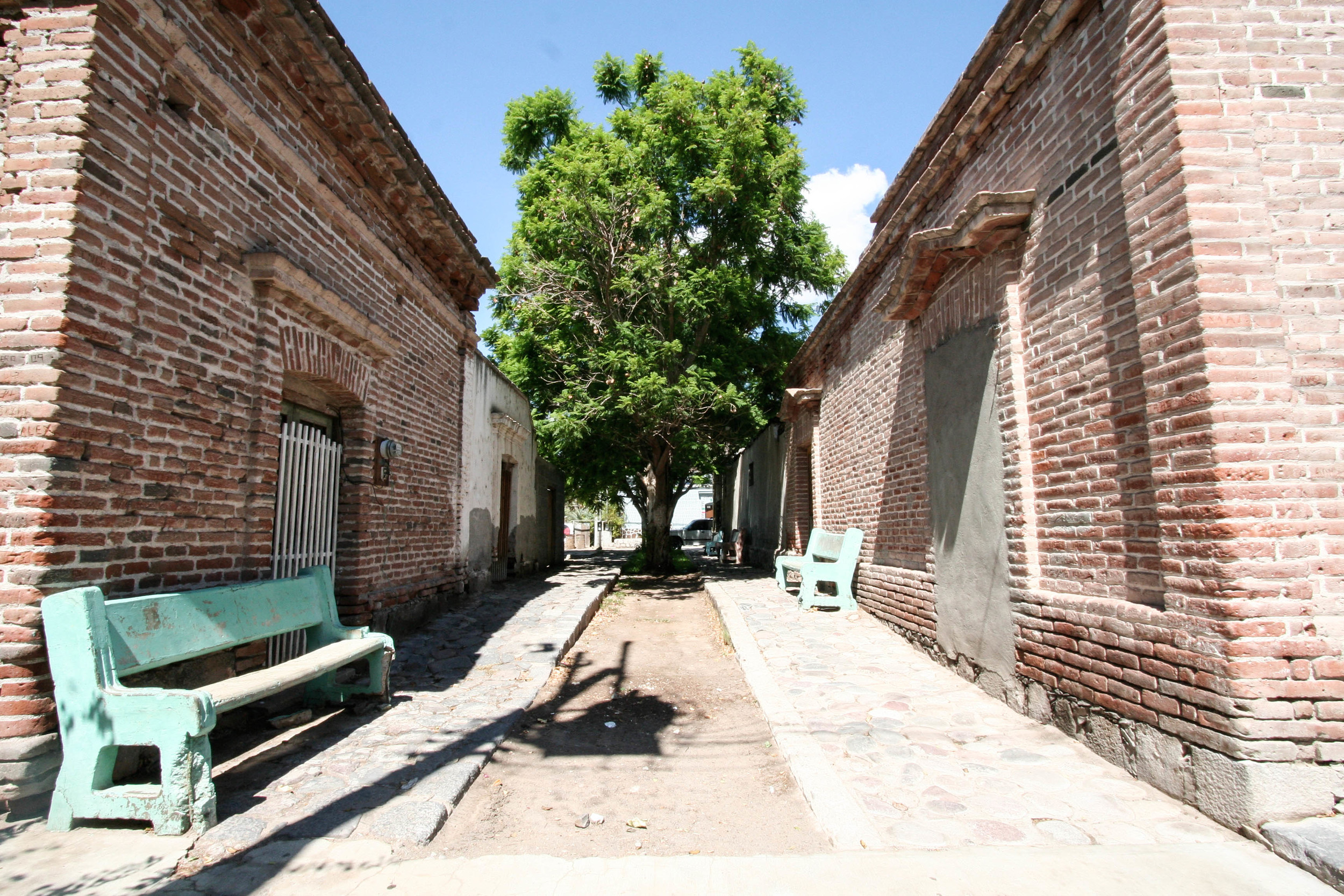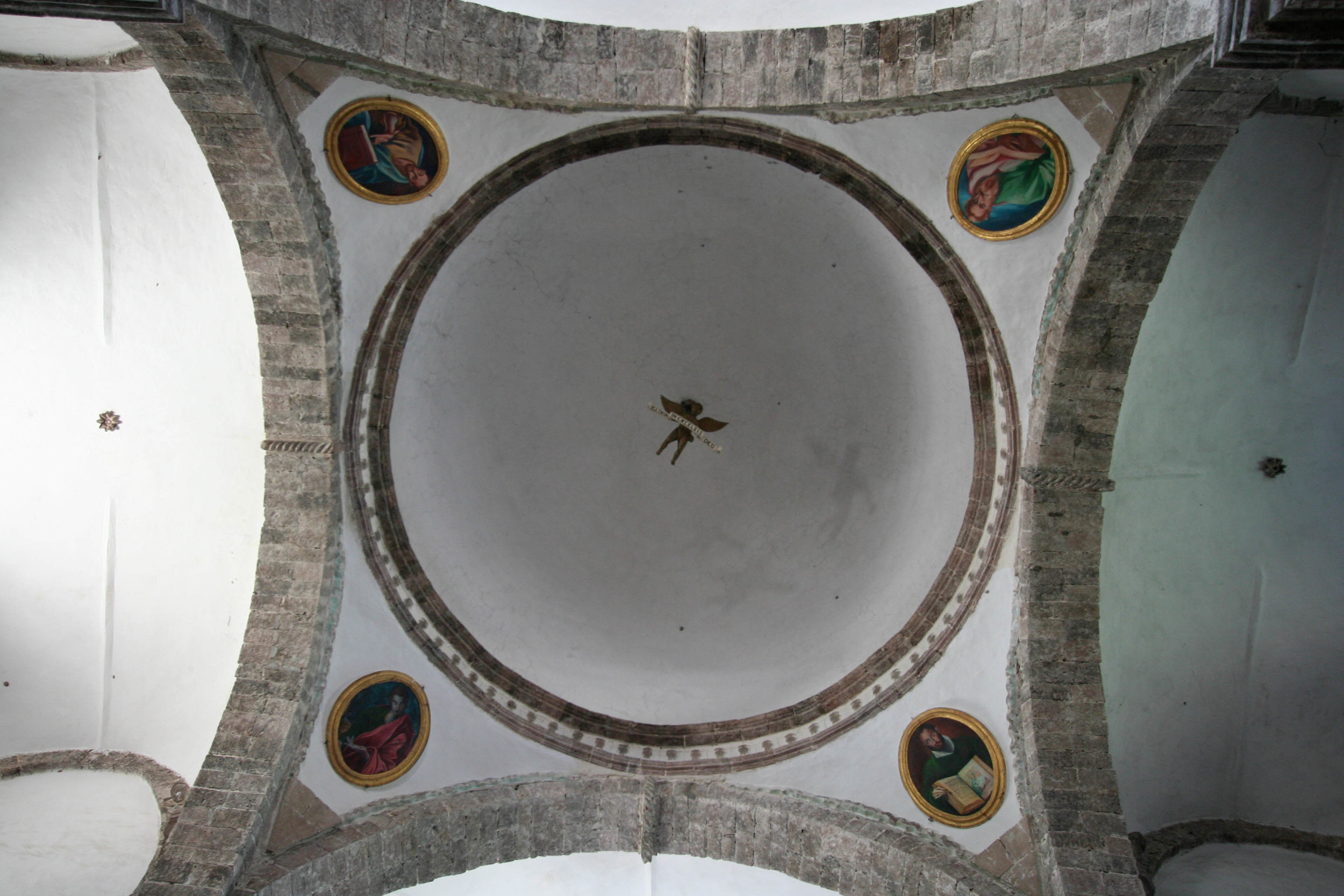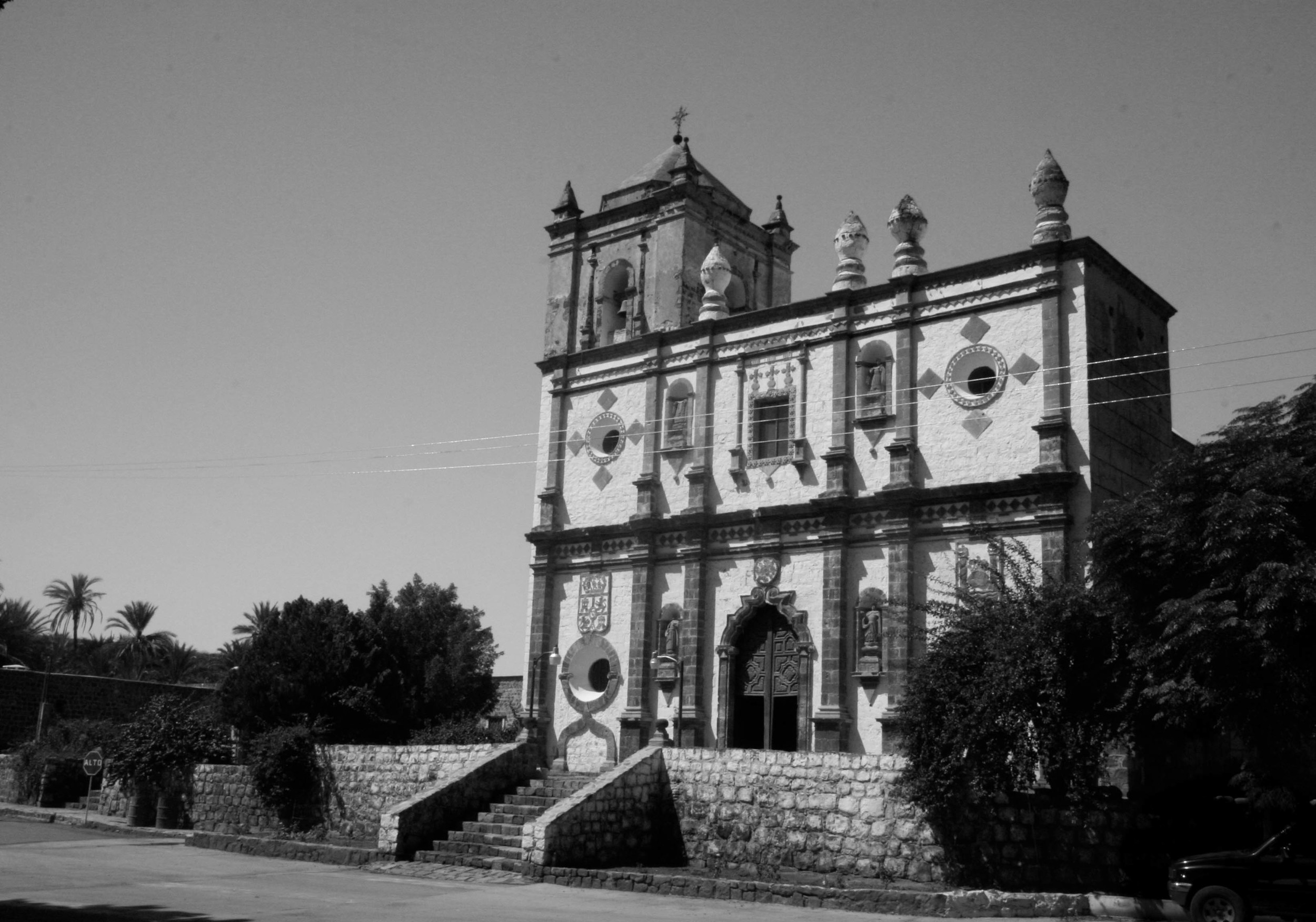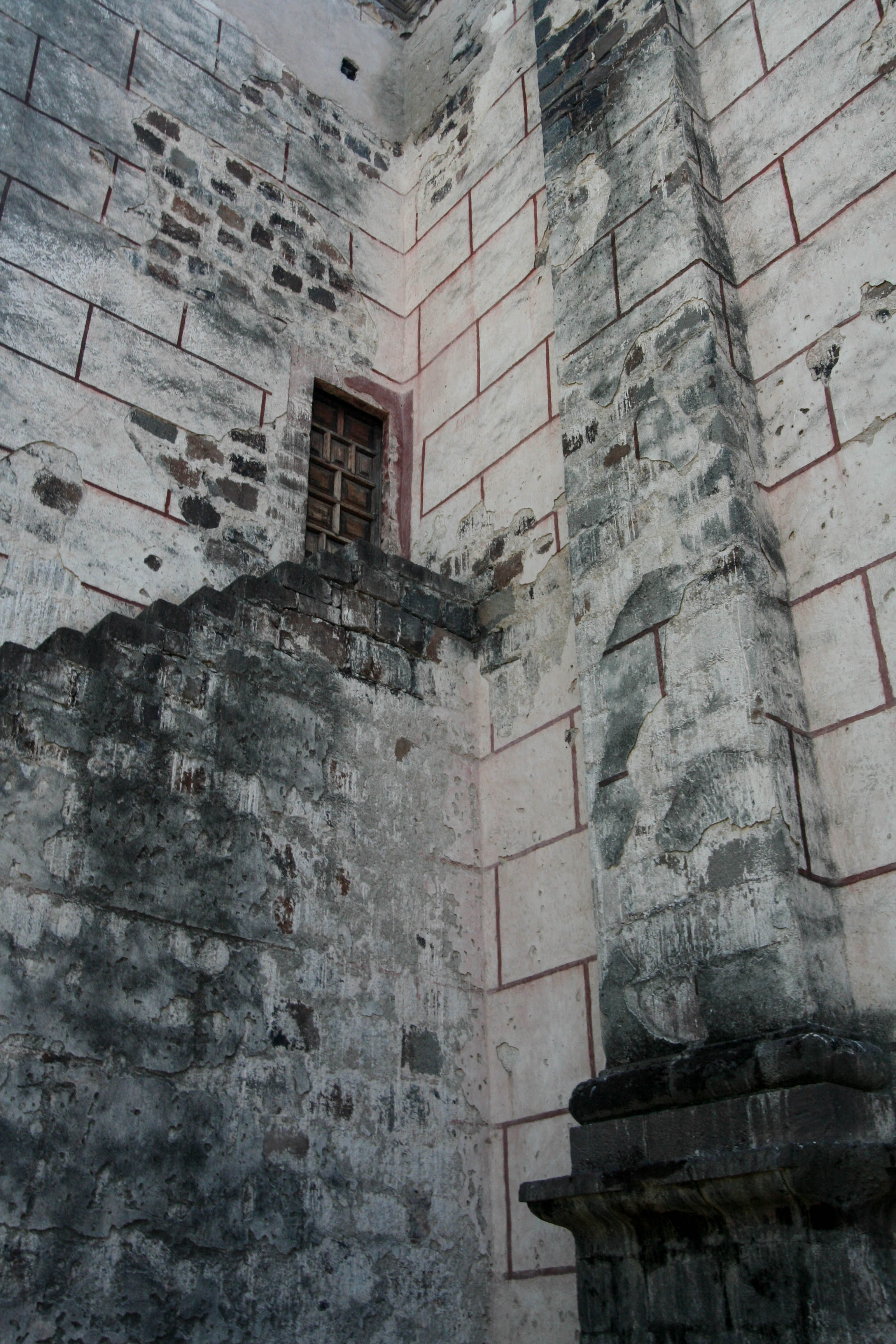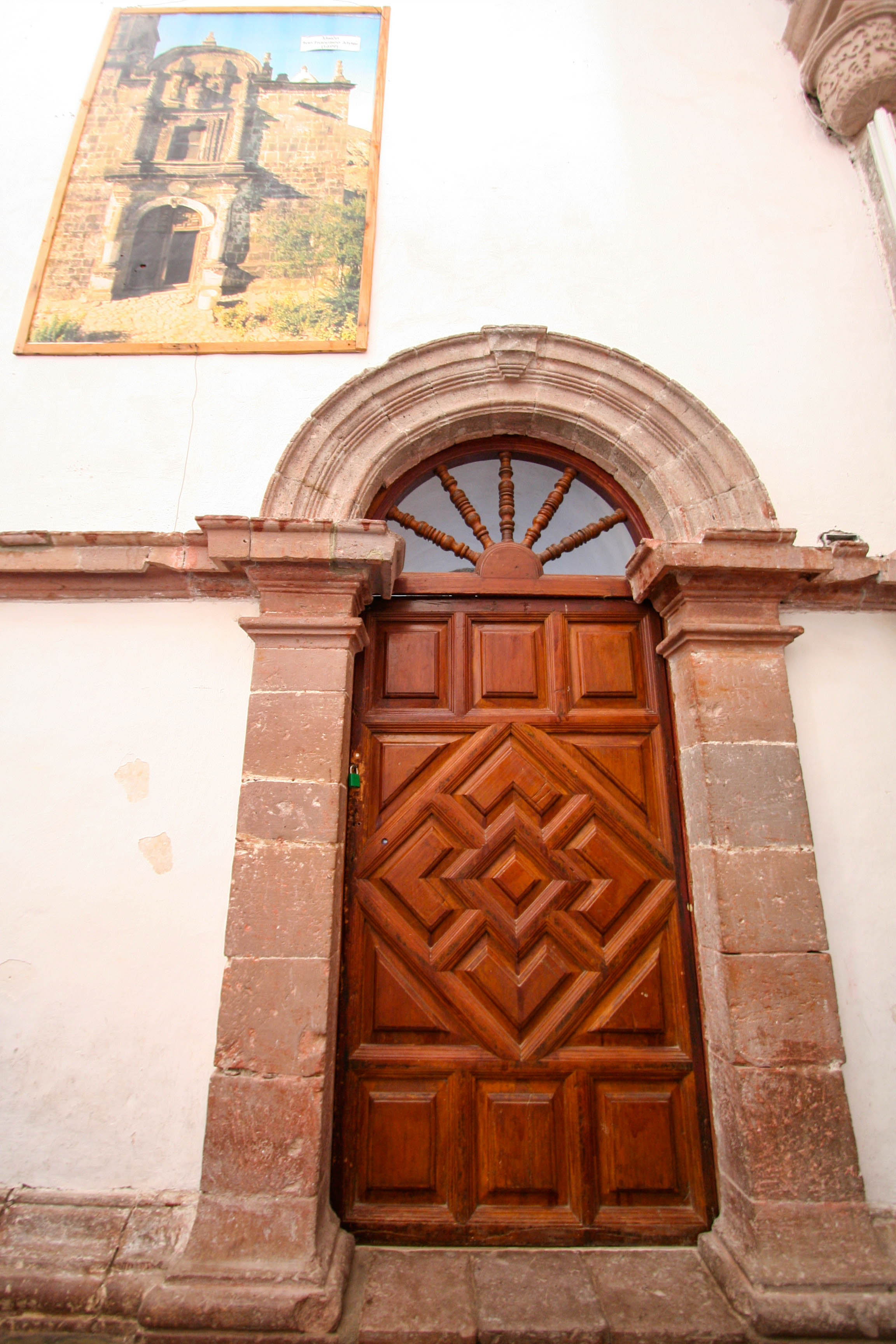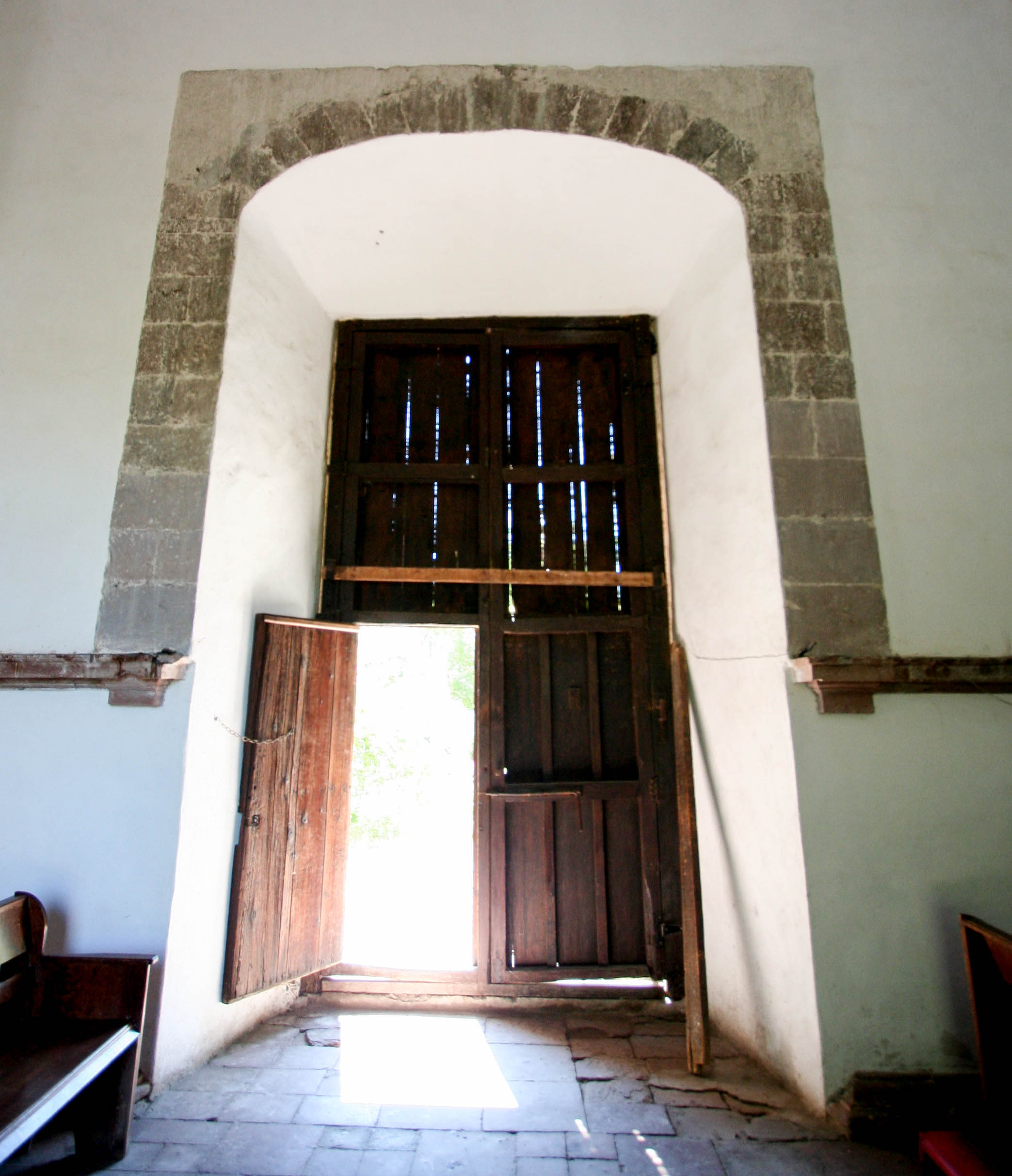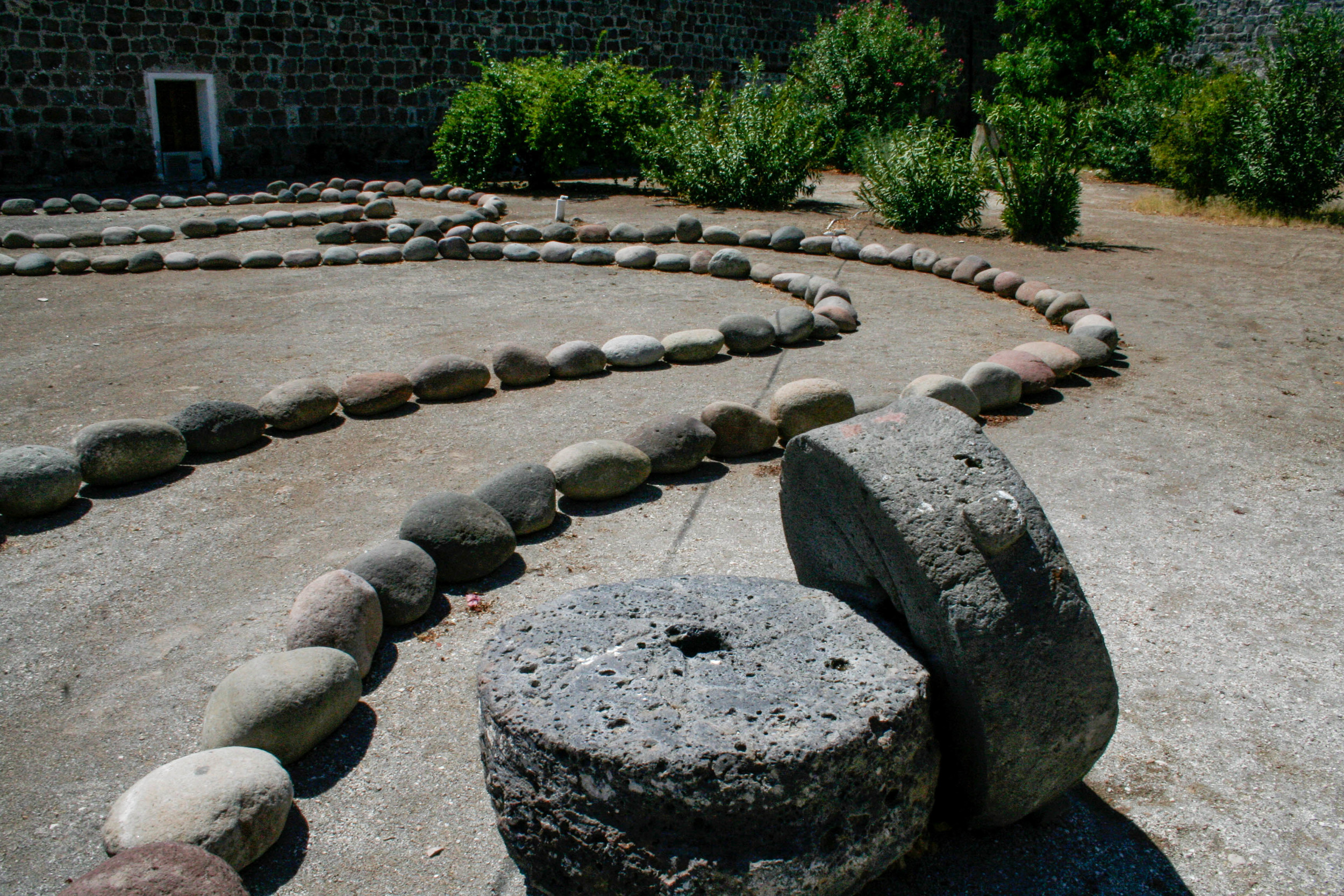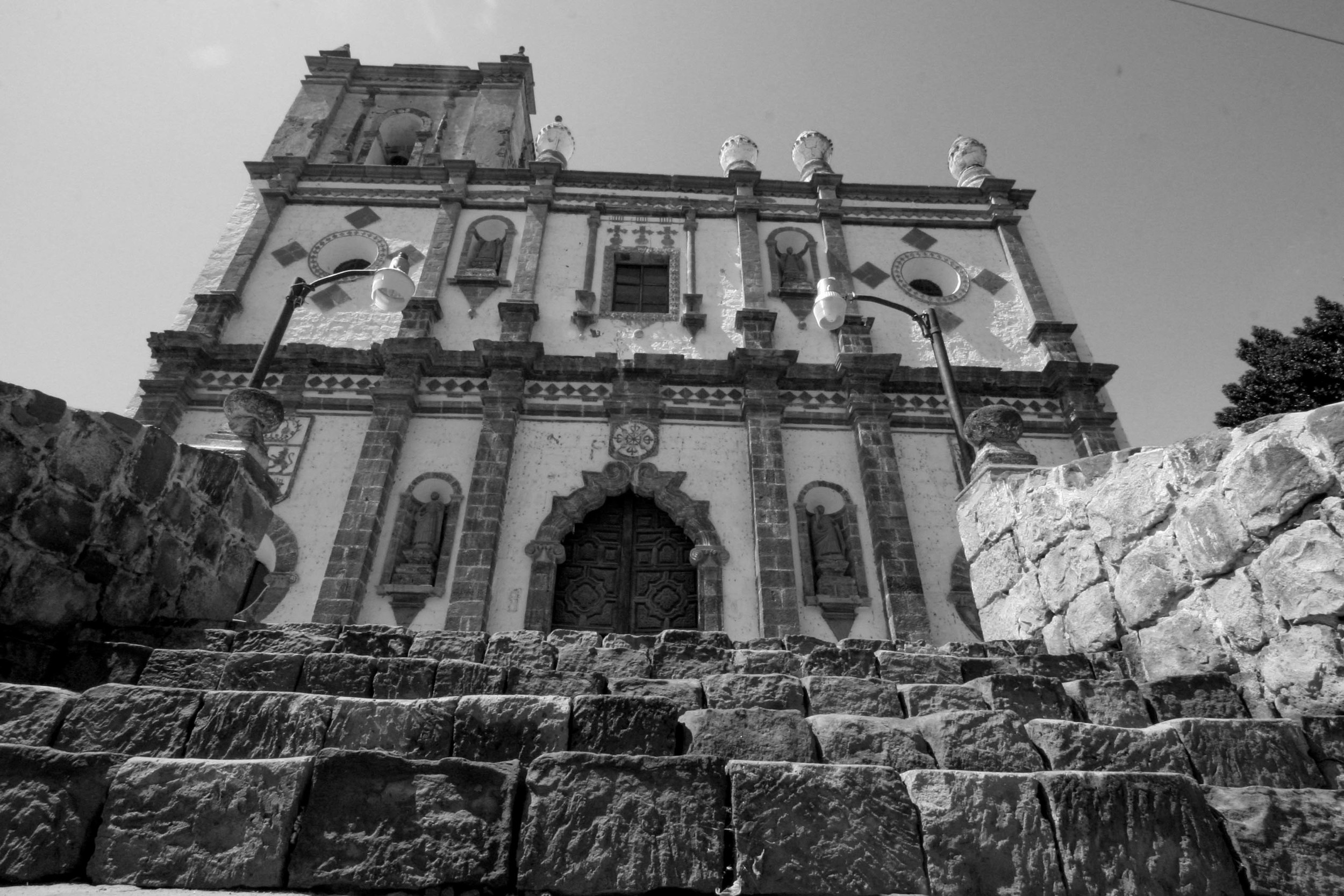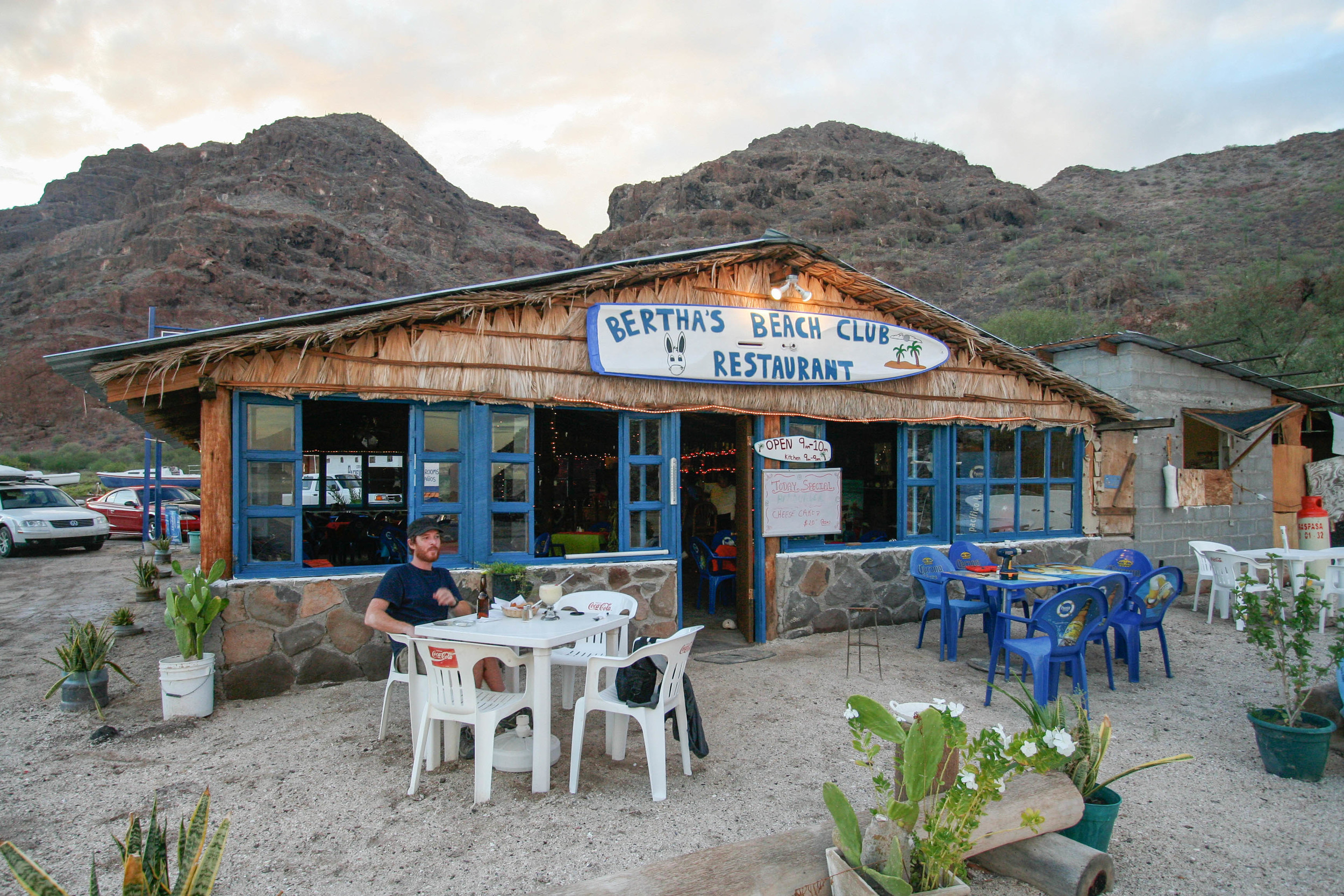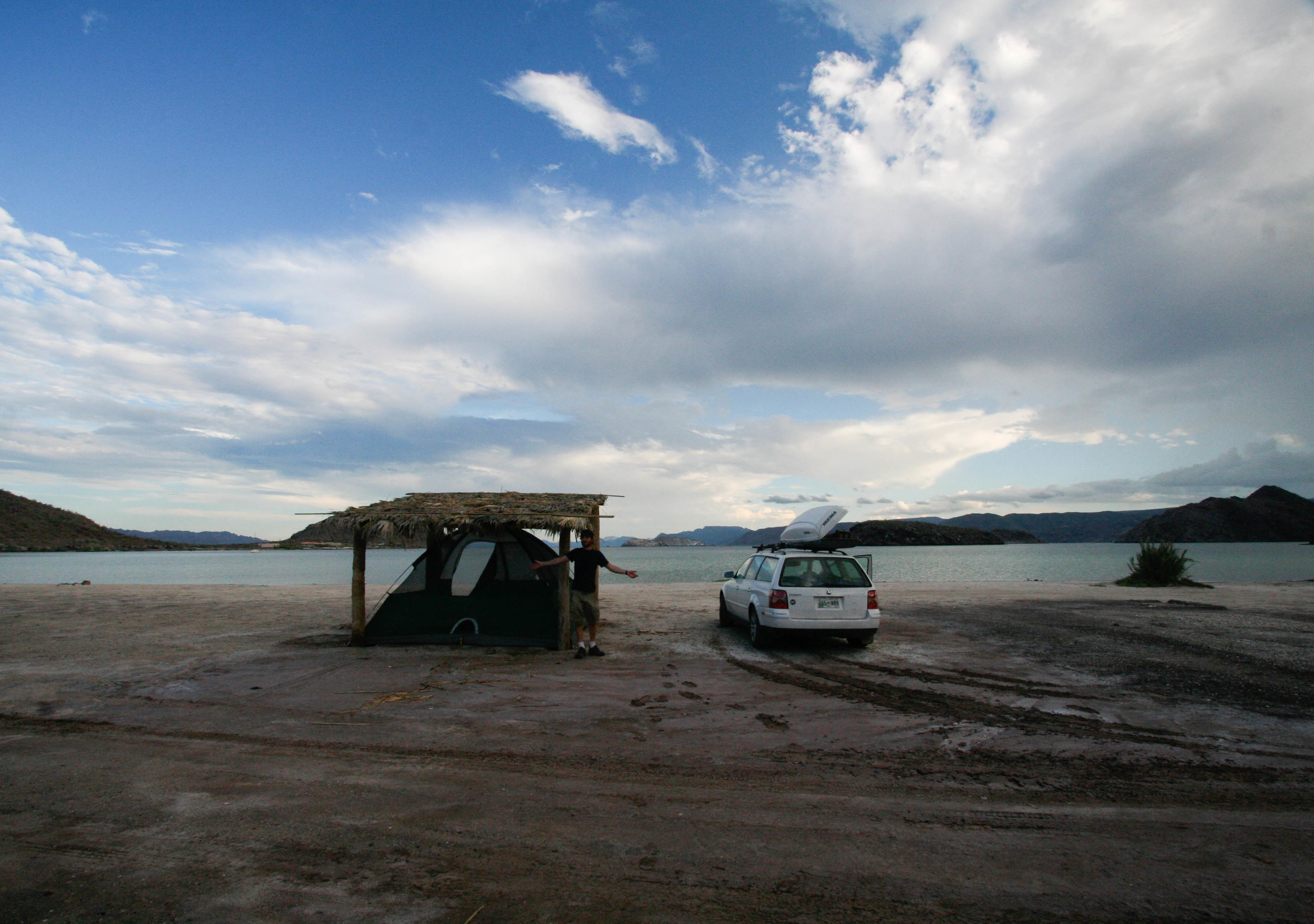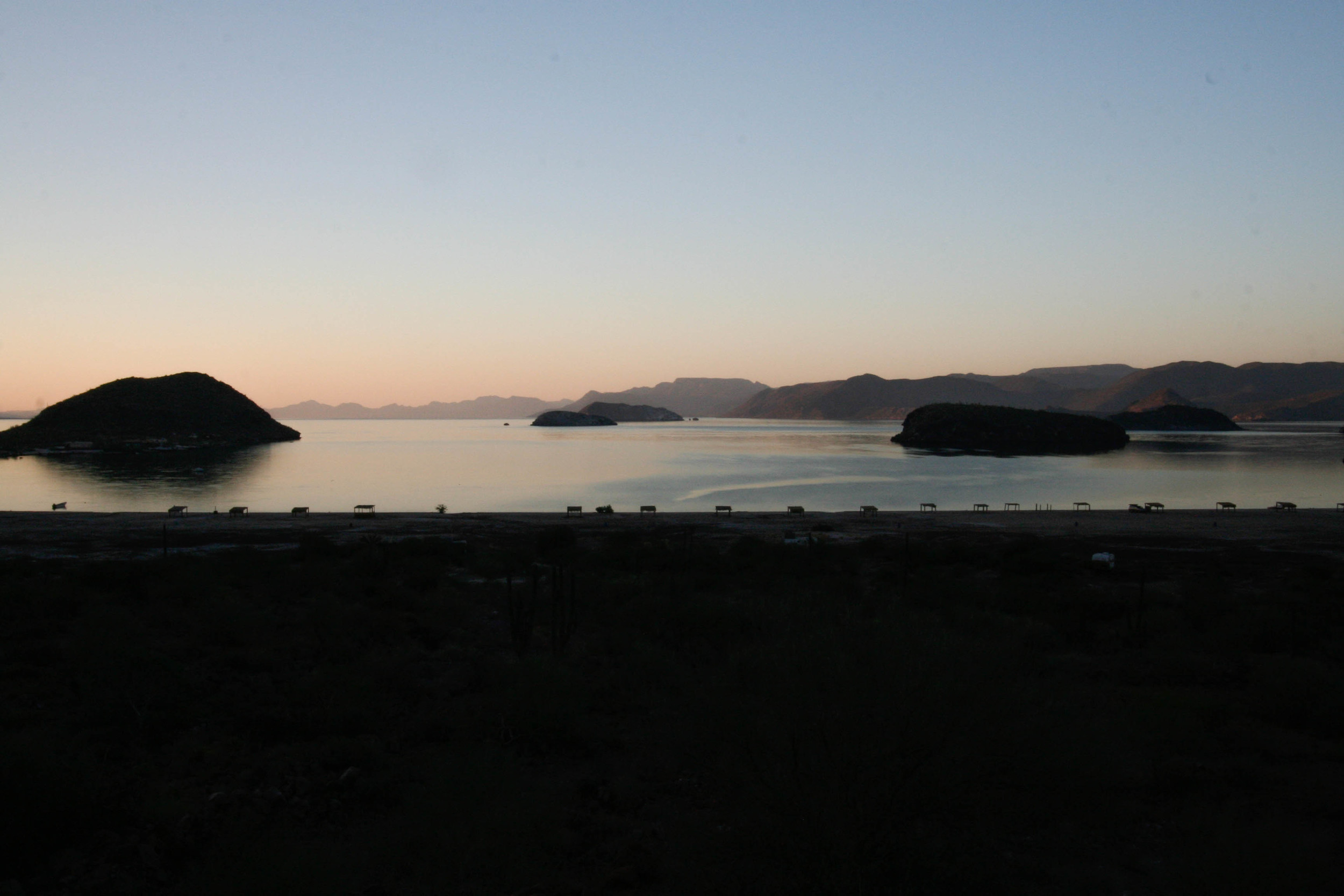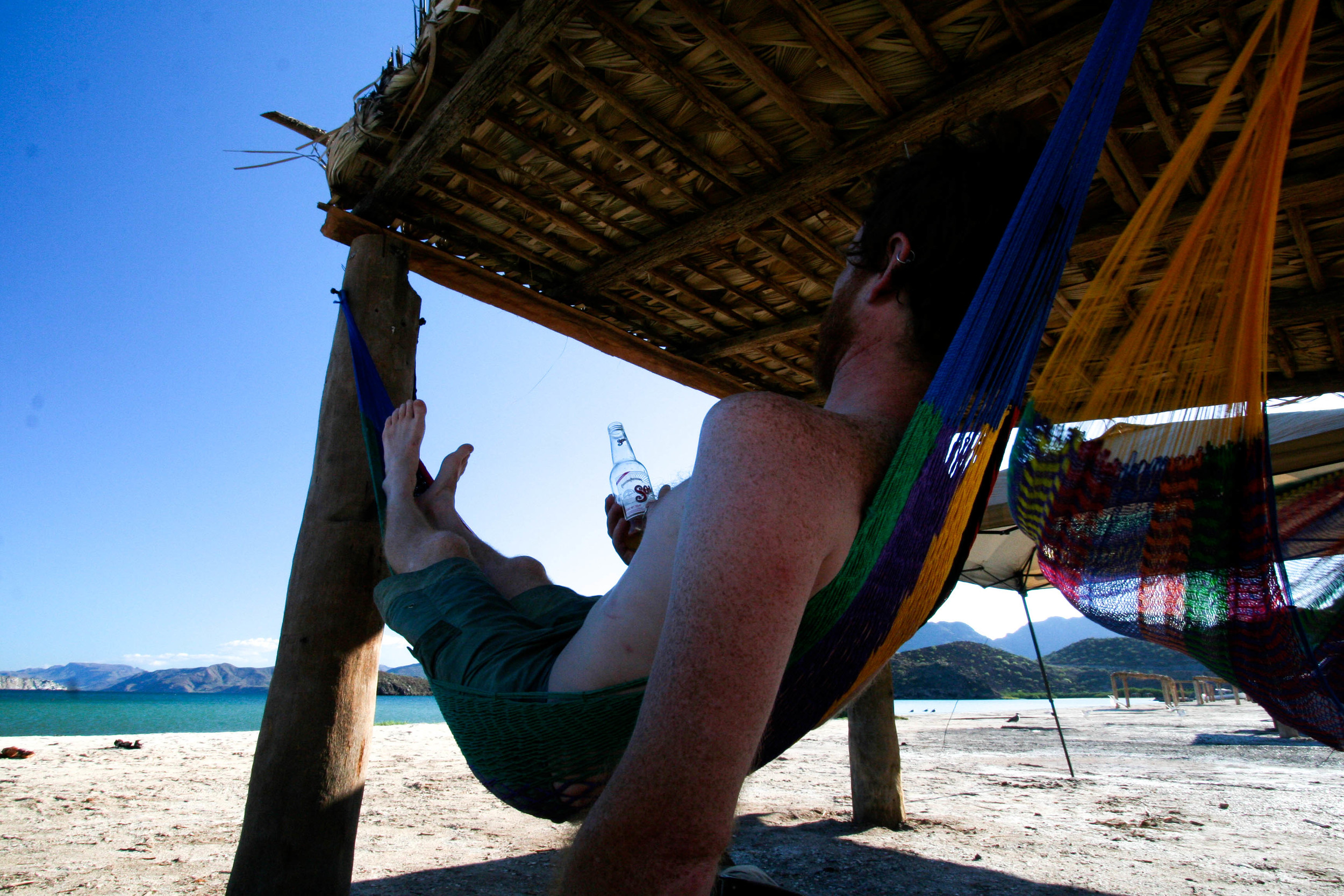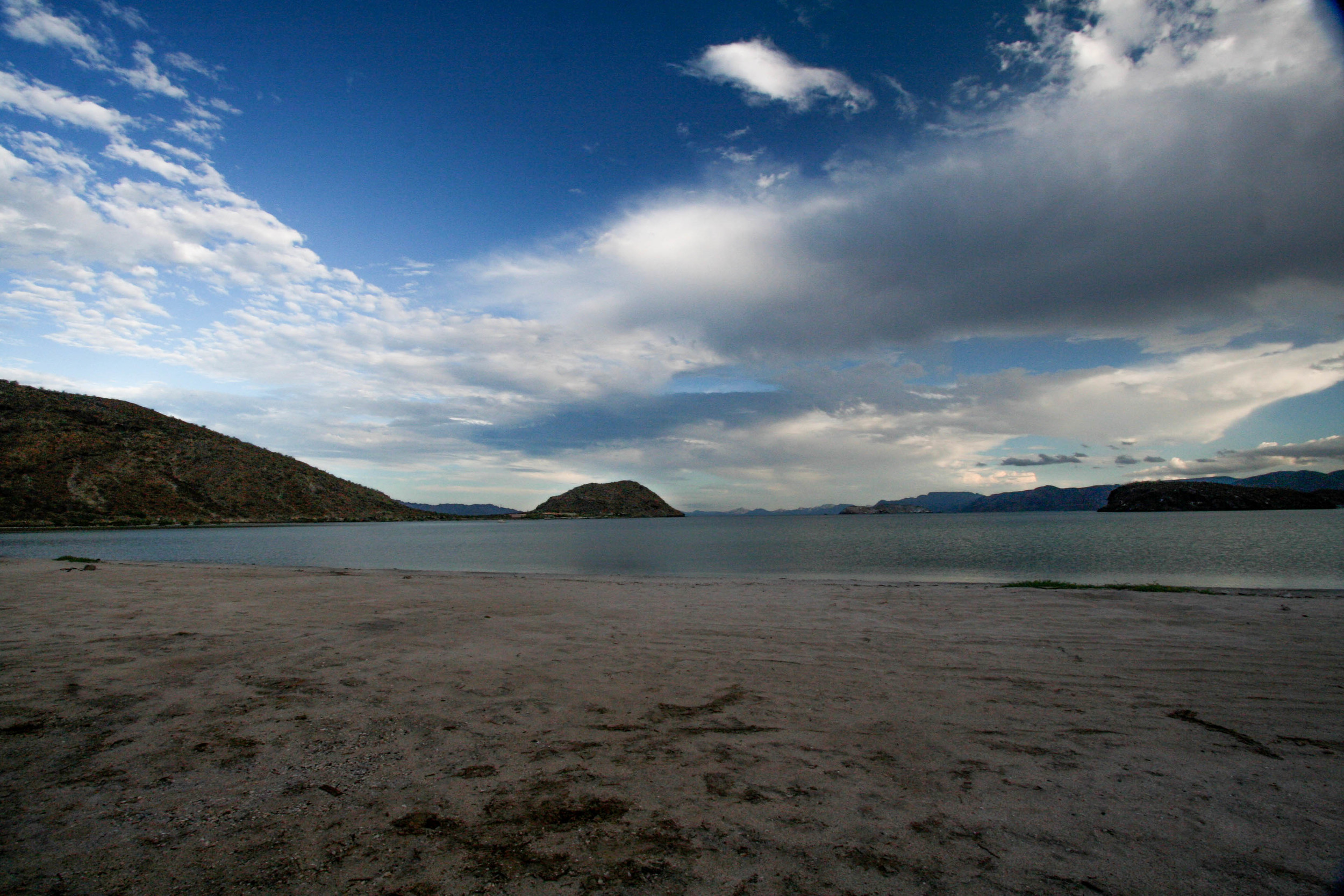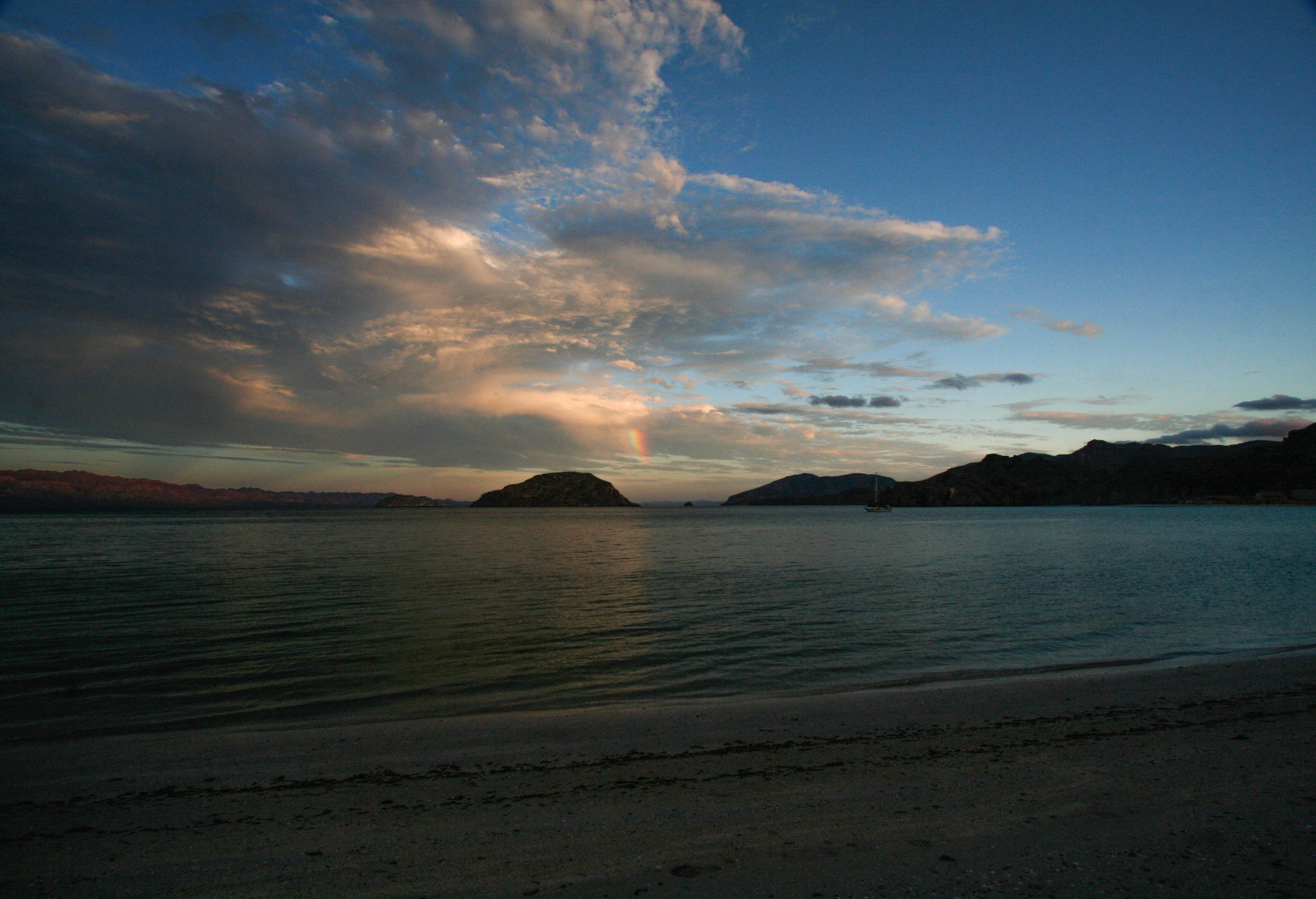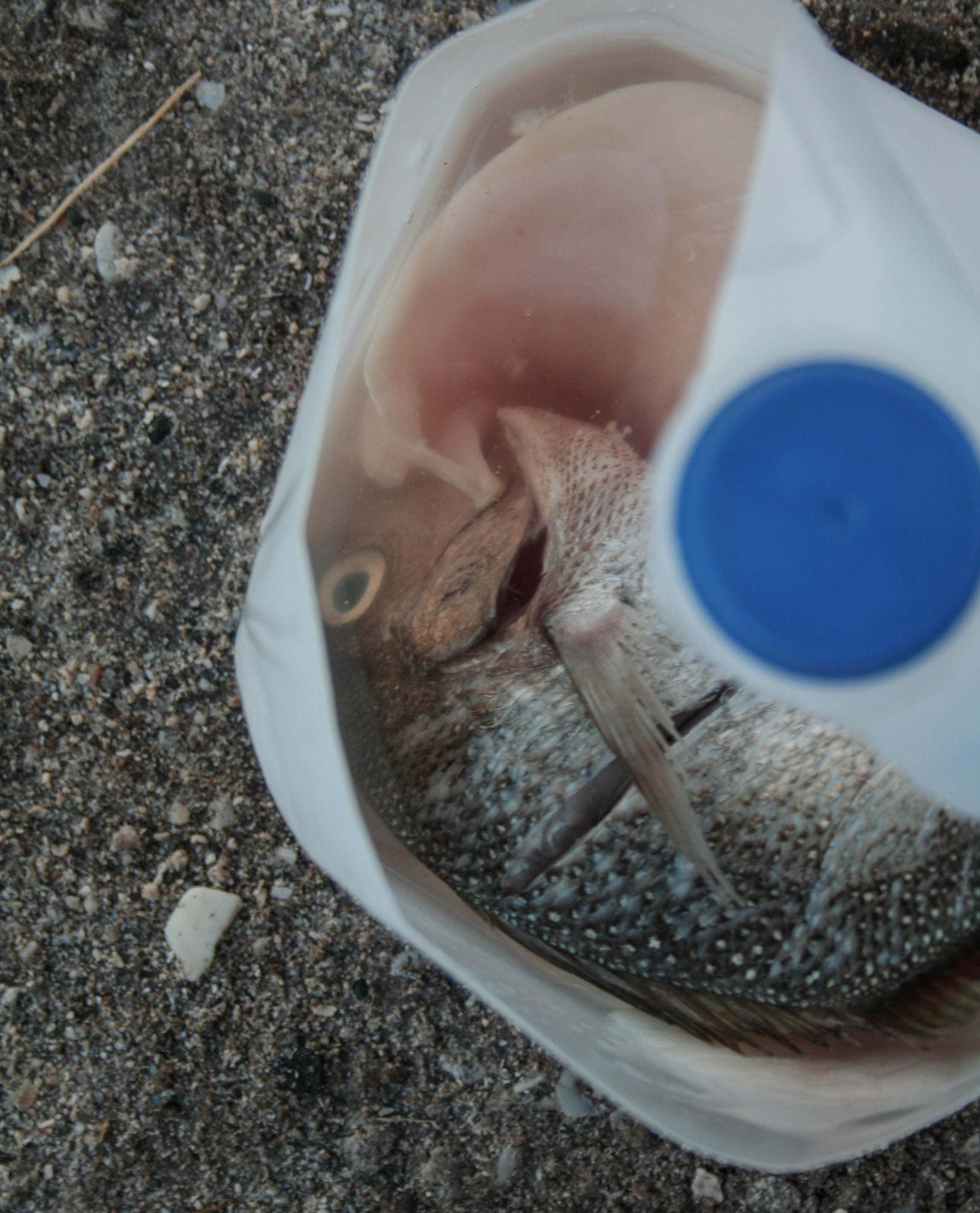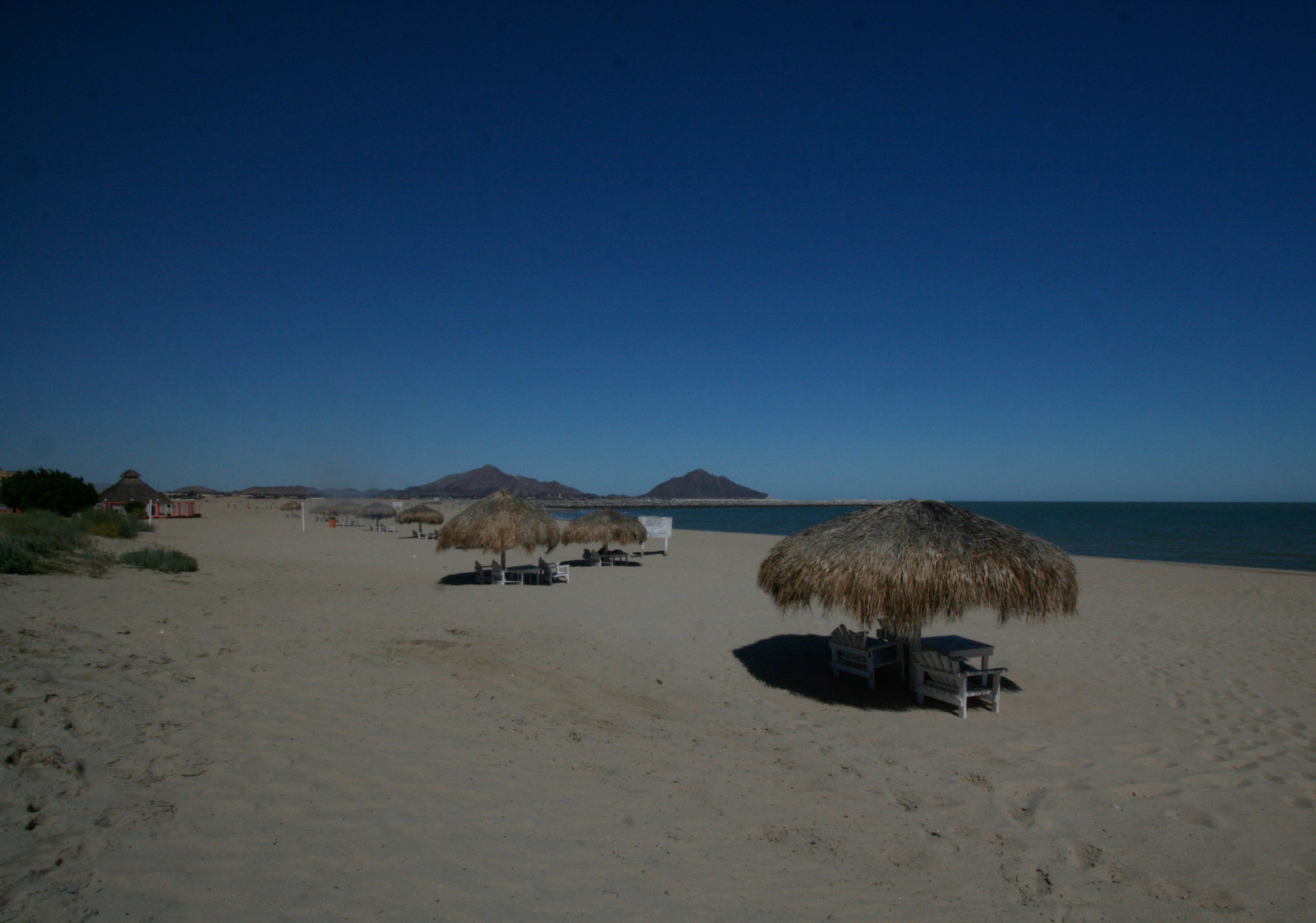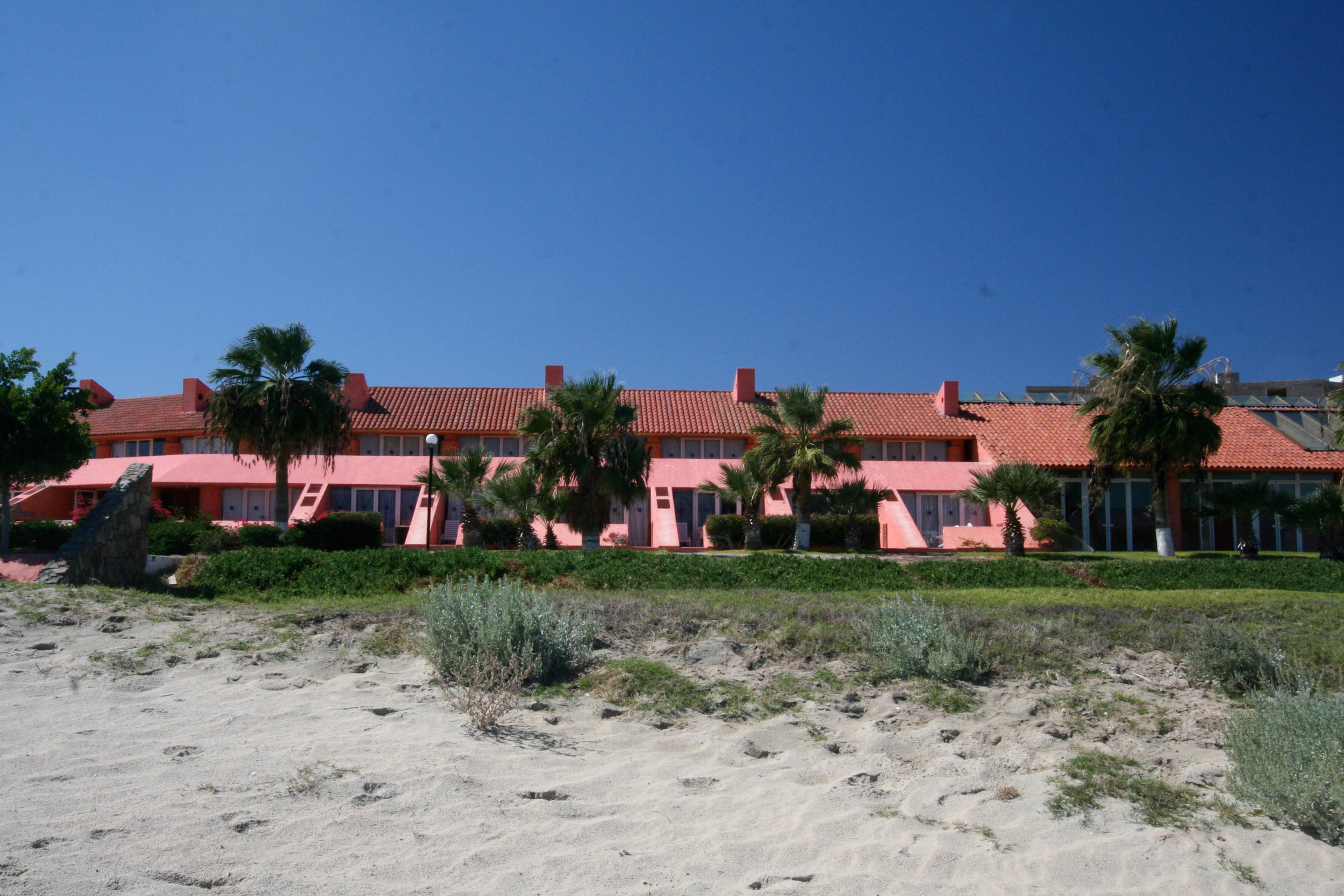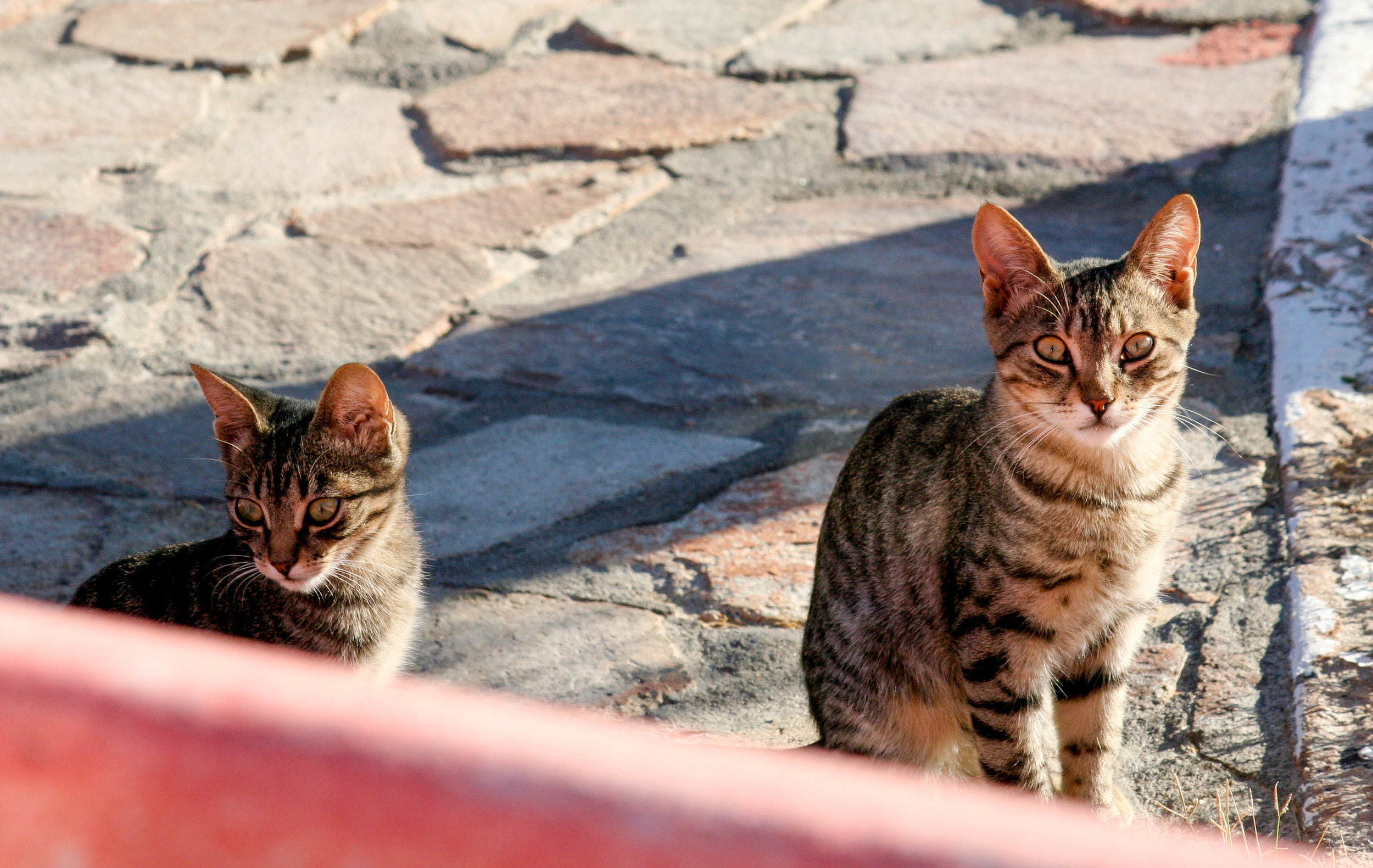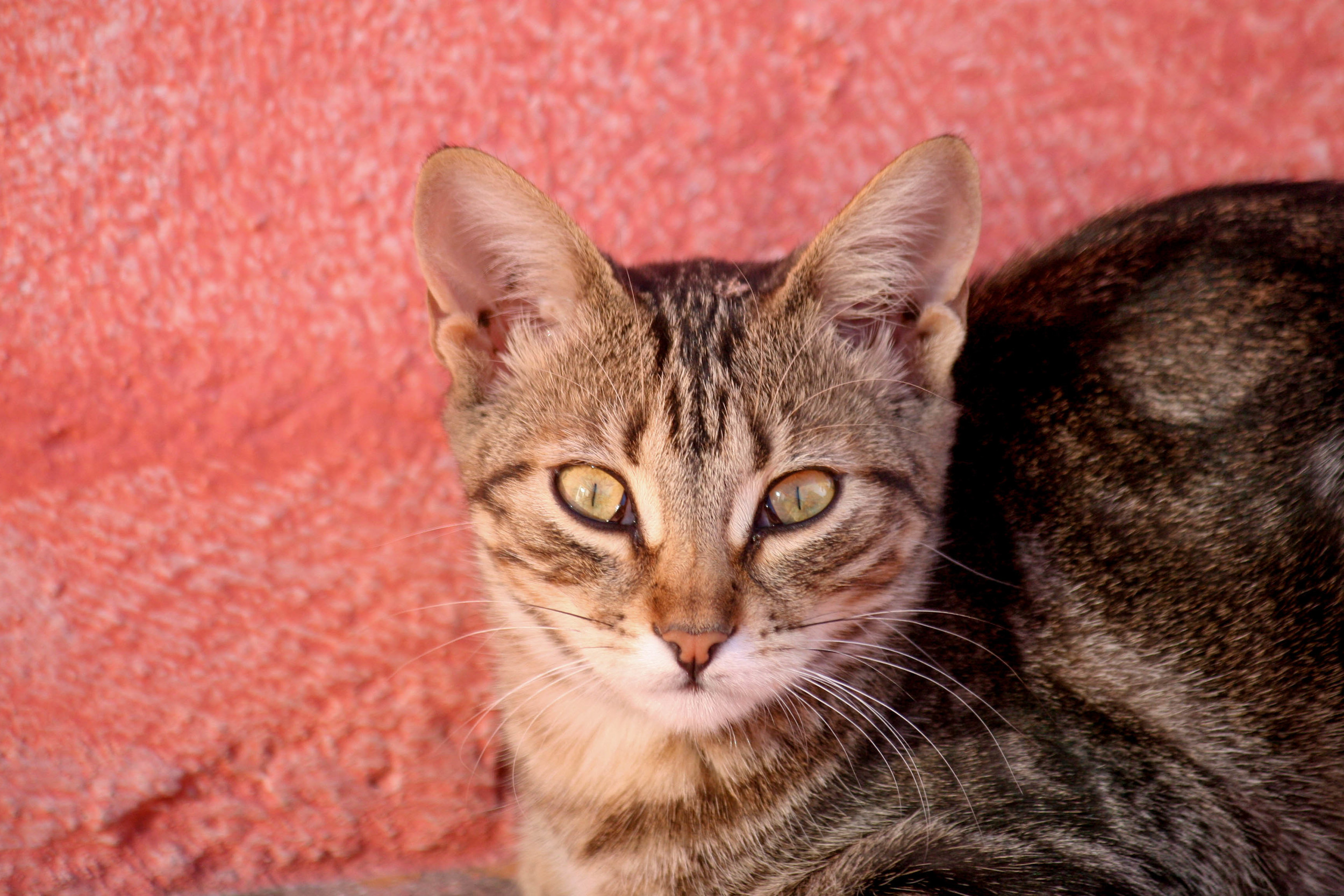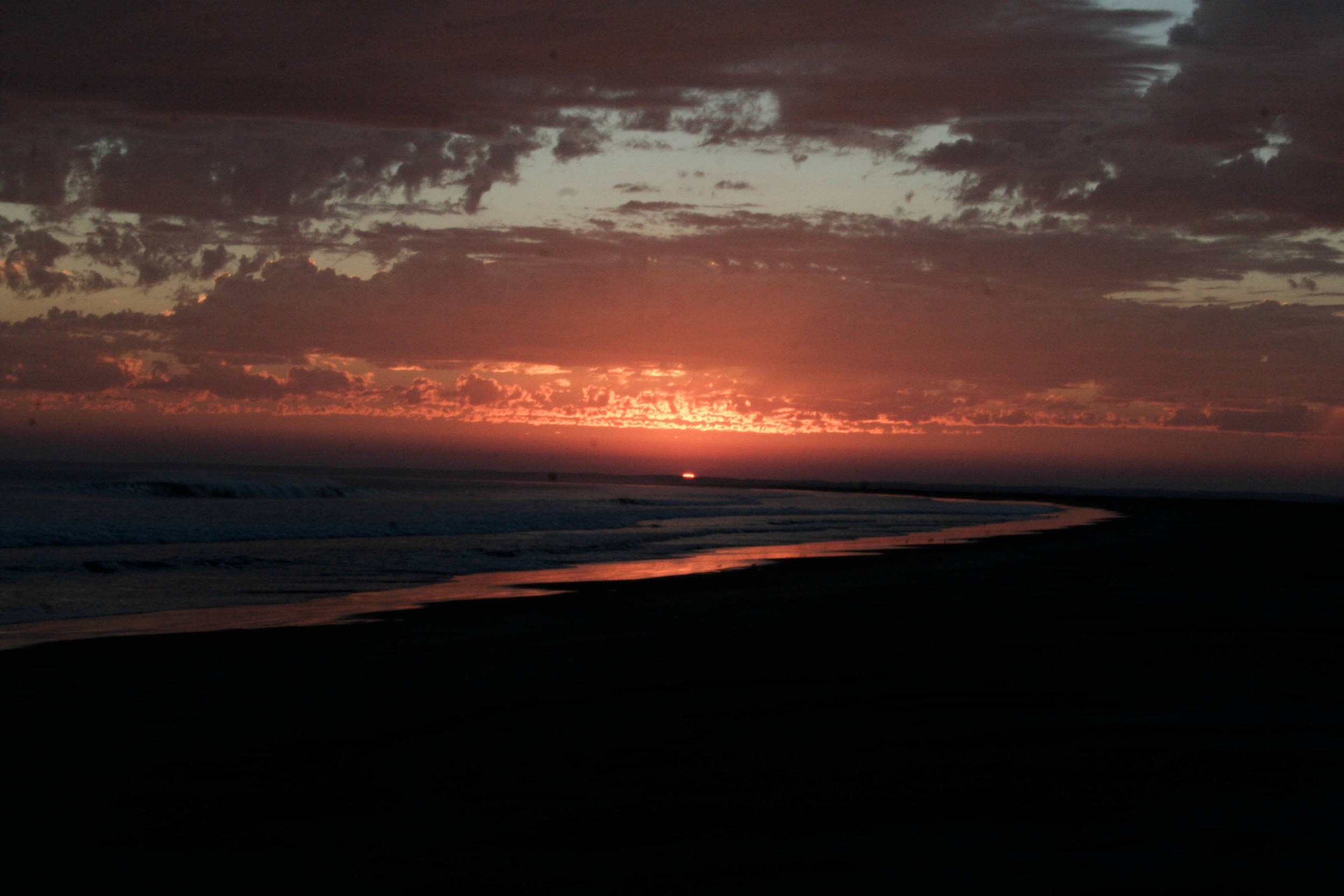We thought we could avoid Christmas by traveling half way across the world to a Buddhist country. It's not that we dislike spending time with our relatives. On the contrary, we are lucky to have families that we love and appreciate and who do not annoy us in the least. What annoys us is the fact that Christmas seems to now start in October and that the commercialism of the holiday seems to overpower any sense of spirituality.
After our trip down the Mekong we ended up in Chau Doc, a smallish border town on the river. We were super excited to be in a new country and were surprised to notice differneces right away even though we were only a few miles from Cambodia. They use Roman script for their writing here so at first glance the signs almost make sense, but then you realize it's all Vietnamese. The architecure was a bit different as well.
We woke up at our Phnom Penh hotel at 6:30 in the morning to grey, drizzling skies. What I thought was perfect weather for a covered slow boat ride to Vietnam. The Mekong is one of the world's great rivers and we were both incredibly excited about seeing it.
There are two parts to Artisans d'Angkor. There's a workshop in downtown Siem Reap where they learn wood and stone carving, silk painting, and metal working. There's also a silk farm outside of town where they learn to raise silk worms and weave fabrics. We started our day in town at the workshop.
Angkor Wat is the largest and most well preserved of all the temples of Angkor. It's also the largest religious structure in the world. The guide book said that it can be a good idea to save it for last so that the other temples don't pale in comparison. This is good advice but we also decided to visit this temple last because it's the one most ridden with tourists.
he temple of Ta Prohm was the one I was most looking forward to visiting. I probably could have come to Angkor and only seen this one temple and left a happy gal. The reason is pretty simple, I love trees. I think they are the coolest things on the planet.
We were jarred awake at five by an annoying sound. It was an alarm, something our ears that are attached to our jobless bodies had not heard in several months. We had decided to take the advice of Tara and Tyler and get an early start to beat the hordes of people. We jumped on bicycles, chugged some iced coffee and headed to the temple of Angkor Thom.
If anybody knows anything about Cambodia it is usually that it is home of the ancient temples of Angkor. These awe-inspiring, massive structures that show human ingenuity at its finest draw millions of visitors every year. If people come to Cambodia for only a few days this is what they come to see.
Walking up to the killing fields with a knot in my stomach, I realized that I wasn't quite ready. I can't say that I'd been “looking forward” to going there. You don't exactly get excited about visiting Dachau, or Antietam. I mean it's hard to figure out what draws us to these places of such great tragedy, where thousands or millions of people were killed.
Phnom Penh is the central travel hub in Cambodia. You must pass through here anytime you want to get to any major tourist destination. We would be in this capital city three times before we left the country.
Kep was one of the least tourist ridden places we had been. Maybe it was because the sand of the lone beach is brown instead of white, or because the water is golden instead of blue. Regardless I found it be an incredibly charming place.
Cambodia is predominantly an agrarian society with only a few large cities. Every time we take a long bus ride to get to a new tourist destination we look longingly out our tinted window as we speed past small villages and Cambodians working in rice fields. The places we have visited so far have been awesome, but they are very touristy with almost more westerners then Cambodians. We had started to envy Tara and Tyler's mode of transportation, so we decided to take a 25km bike ride with them from Kampot to the fishing village of Kep.
Kampot is a sleepy little river town that is known for its pepper and is the largest producer of durian, a fruit with a reputation for being horribly stinky, that we have yet to try. In many guesthouses, beside the "no smoking" sign, there will be a "no durian" sign. We met up again with Tara and Tyler and explored the town on bicycles.
Sihanoukville is a coastal city in southwest Cambodia that we never new existed until 2 weeks ago. Our week here was one of lounging on the beach, daily massages, hair removal, lots of seafood, a minor case of food poisoning, with the highlight probably being haggling and conversing with the Cambodian beach peddlers.
Bangkok was great but after several days of the heat, noise, and air pollution we were ready to move on to something a little slower paced. Our original plan was to go down to the Andaman Coast in the south west of Thailand. This is where the "guidebook picture beaches" are with the clear water and white sand. We heard from several sources that it was the tail end of the rainy season and that the weather was really bad. So after scouring the guide book for the next best thing, we decided to go to Ko Chang, a south eastern island in the Gulf of Thailand.
From Ko Chang we took a sawngthaew(pick up truck with benches in the back), a ferry, another sawngthaew, a bus, and then a tuk tuk and around 6 pm we arrived at the Thai border town of Araynaprathet. We were hoping to make it to our Cambodian destination in one day, but have come to the realization that traveling from place to place in SE Asia is going to be no small feat. The next morning we grabbed another tuk tuk and headed to the Cambodian border. Our driver stopped about a km from the border and tried to get us to buy our visa at a small office. There are several scams where people will try to get you to purchase your visa for 1200 bhat which ends up being fifteen dollars more then the actual visa costs at the border. We were ready for this and just said no thanks. I guess it pays to do some reading before you travel. The Poipet border crossing took about 3 hours.
When we were done a "free" bus took us to the "taxi stand". I put these in quotations because nothing in southeast Asia is free and the taxi stand was actually the taxi mafia. They get you several miles out of town and then charge you inflated prices to take you to your destination in Cambodia. You can share a taxi with people to make the fair cheaper, but we were not going to Siem Reap which is were Ankor Wat is, the most popular attraction in Cambodia, so we could not find any to go with us to the much less touristy Battambang. After waiting around for about an hour we were approached by another couple who looked equally as frustrated. We all decided to take a taxi together. They were going to Phnom Penh which was several hours past our destination but said they did not care to spend a night in Battambang. They just wanted as far away from this taxi scheme as possible. We ended up having alot in common, had delightful dinner in Battambang and they invited us to Sihanoukville on the southwest coast of Cambodia. This is how we met the recently married Canadian couple Maggie and Travis who we would spend the next six days with.
The next morning we took a bus to the capital of Phnom Penh. The drive was amazing. The country more beautiful than what we had seen in Thailand and the poverty more apparent. It was the Cambodia that we were waitng to see, bright green rice paddies sprinkled with palm trees, wooden houses on stilts, water buffalo, rice drying on canvas, people working in the fields and kids running around in their skivvies. Every stop we made people would smile at us and kids would wave. It was too picturesque for words, but we were on a bus and couldn't take any photos.
We got our first taste of Khmer food and begging children at a rest stop. They plopped noodles in a bowl and you picked from several pots of soup containing some undisclosed meat and some veggies. It turned out to be rather good and gave us an opportunity to use our riel (the Cambodian currency) their are approximately 4000 riel to the dollar. At the public bathroom ( a squat toilet...meaning a hole in the floor that you squat over) their was a little girl begging. The guide books suggest that you do not give money to beggars because it will only enables them and the kids will probably not see any of it because they give it to their parents, but she had the sweetest smile and I could not resist.
Compared to Phnom Pen the traffic in Bangkok is the perfect picture of organization. The place was complete madness. There are very few street lights and we saw one stop sign in a city of two million. On our tuk tuk ride the driver just edged out into oncoming traffic and it eventually went around us or stopped. Crossing the street is much like playing frogger.
We stayed at OK guesthouse, which the guidebook says is "more than OK" and it was correct. We got a room for eight US dollars or 32,000 riel. The room had a list of warnings for Phnom Pehn which included...Do not buy a tuk tuk driver a new tuk tuk if he says his is broken, because he is probably lying and will keep your money, your a tourist not an ATM. Also that prostitution is illegal, but if you are going to bring a prostitute back to the guesthouse be courteous to other guests and be aware that they may drug you and take your money. After we read this our plans for the evening were ruined, so instead of getting a prostitute and buying someone a tuk tuk we decided to go to dinner at a Mexican restaurant. On our way we passed a cart of cooked insects. Eating bugs is part of the Cambodian cuisine. I had mentioned to Travis that i was going to eat a fried tarantula and he volunteered to eat one as well which helped to strengthen my resolve..........I almost changed my mind when I touched it. For the next few hours we were picking tarantula parts out of our teeth.
After a 28 hr flight, 10 movies between the two of us, 4 hrs of sleep, 12 time zones, flying over the international date line and essentially losing 12 hrs of our lives that we will recoup only when we fly home, we landed at Sumvarnabhumi International Airport in Bangkok, Thailand at 10 pm.............
When you travel you expect that you are going to have some problems, a flat tire, a missing credit card, maybe get lost a few times, but Pete and I had made it through the trip fairly unscathed until Portland.
All the news you hear in the U.S. these days about Mexico is bad. It's either about immigration or about all the people getting shot in the drug war. Needless to say we were a little freaked out at first about going down to Baja California (which is the full name of the Mexican state, not part of California, U.S.-which i didn't know). It turns out we felt completely safe the entire time.
We originally wanted to cross the border at Tecate rather than Tijuana because it's a much smaller city and the border crossing is typically less busy than Tijuana. We left San Diego and one thing led to another and before we knew it we were at the Otay Mesa crossing in Tijuana.
Once we crossed (without incident) we thought we'd be right on the highway but, of course, we weren't. Neither of us had ever been to Mexico before and I'm not sure what we were expecting, but nothing could have prepared us for the drastic difference between the two countries after traveling just 20 feet. Obviously none of the signs were in English and i think we got pretty lucky to end up on the right road heading in the right direction. The next thing that just hits you in the face is the poverty. The highway ran along the outside of the city through miles of shanty towns. The people here were extremely impoverished and it was even more shocking after having just driven through rich southern California. I'd seen pictures over the "Wall" before but it was nothing like seeing it person.
Even before all the violence we've been hearing about at home Tijuana has had a reputation for not being very safe so were happy to leave it behind. Like i said, we got a little lucky and found our way to Mexico Highway 1, also known as the Transpeninsular Highway. It runs from Tijuana all the way to the southern tip of the peninsula at Cabo San Lucas.
We weren't sure exactly where we were going to end up, but we wanted to get as far south as possible. Looking at a map, a little town called San Quintin looked like a good distance for our first day. Once you're on the highway, there isn't much between towns, and there's not many towns in general. There's usually little stop areas where there will be some little restaraunt or taco stand and a Pemex station. In Mexico, they have a nationalized oil company, so there's only one kind of gas station and gas is the same price through out the entire country. For some reason you aren't allowed to pump your own gas and you can't pay with credit cards. This took a little getting used to but once we figured out how to say "full please" or "lleno por favor" we got along fine.
I'll just go off on a little tangent here to talk about how neither of us speak any Spanish. We realized this very quickly and we felt pretty shamed that we live so close to Mexico and have never really learned to speak their language. We had read in the guide book that most people will speak a little English and you should be able to get by without any Spanish. Guide books can be sooooooo wrong and we also realized this very quickly. But you'd be surprised how quickly you learn the basics when you have to.
So after Tijuana, the next big town south is Ensenada. It's a pretty town and a little touristy, being just a couple hours south of San Diego.
On the way out of town we stopped at our first taco stand for lunch and it was amazing. It still tops Natasha's list for best taco stand on the trip. South of Ensenada we almost immediately ran into road work and they had the roads so torn up we weren't even sure we were still on the highway.
We stopped to get gas and a little kid came up to us selling tamales. We bought three for 10 pesos (about 80 cents) and they were delicious. We made it to San Quintin as the sun was starting to go down and we couldn't find the campground we were looking for. Again, guide books can be wrong, so we ended up at a hotel called Cielito Lindo.
They informed us that the campground we were looking for no longer existed. This ended up being a blessing because the hotel was straight out of the 70's, awesome, and only 20 bucks.
The sweetest dog ever. We named her Rosalito.
The next day we drove to Guerrero Negro. It was a nice little town, famous for whale watching, but we didn't really do anything here. it was mostly a stopping point for the night. To get there we had to drive through the desert and it was hot. No it was really hot.
Through this stretch of desert there were no gas stations To compensate for this people sold gas out of barrels on the side of the road.
After Guerrero Negro we stopped in an oasis town called San Ignacius. We had never seen a real oasis and it was crazy how it just appeared out of the middle of the desert.
After lunch we went to the old mission in town. It's been there for hundreds of years and is still in use for Sunday mass. The architecture was incredible.
We left San Ignacius with plans to drive to Loreto on the east coast but got side tracked by the Bahia Concepcion. We some how missed it in the guide book the first time, but Natasha was reading through one more time to see what we would be driving past on the way, and said "Hey, this place sounds nice". We still can't believe we almost didn't stop. The Bahia Concepcion is a large shallow bay on the Sea of Cortez dotted with white sand beaches.
This is the place that ends up on most Baja guide book covers. Most of the beaches have campgrounds where you camp right down by the water and each of the campsites has a "palapa" (a little pavilion covered in palm leaves.
Our camp at Playa Santispac
There was a guy named Chicho who kept his boat at our beach and hired himself out as a fishing guide and clam diver. On our last day there, he came by with a bunch of clams that he had caught that day and offered to sell them to us for 5 pesos a piece (about 50 cents). It sounded great but we weren't sure what to do with them so he offerd to prepare them for us. He split them open, squeezed fresh lemon juice on them and little squirt of hot sauce, and they were the best meal we had the entire trip.
He also had some trigger fish that he had caught that day so we bought that and cooked it that night.
It was very hard to leave our little paradise but we had reservations that Natasha's parents had gotten us in San Felipe. San Felipe is also on the Sea of Cortez but there isn't a road between there and Bahia Concepcion. So we backtracked up to Ensenda and then down to San Felipe.
In San Felipe we stayed at the Marina Resort right on the beach. We've gotten a few hotel rooms here and there but this is the first time we'd gotten to stay in one for a whole week straight.
We had the hotel and the beach all to ourselves most of the week. I think we saw 3 other groups of people.
Overall Mexico was great. We did get pulled over once and the guy tried to get us to pay a bribe. We kind of played dumb and asked if he could show us where to pay the ticket and he got a little frustrated and told us to go on our way. There were also a bunch of military checkpoints which is a pretty foreign concept for Americans. Some of them just waved us through and others searched our car but they were all very nice and didn't hassle us. There were almost no tourist anywhere and a lot pf places seemed completely deserted which was a little weird and when we asked around we got a lot of different answers. Some people said were just a couple weeks ahead of tourist season, and others said it was because people were freaked out by all the bad press in the States. It was nice for us to basically have everywhere we went to ourselves, but it was sad to see all the locals, who depend on tourism for living, struggling.
To get back to San Diego it was faster from San Felipe to drive to Mexicali to cross the border. This is a pretty busy crossing and it was a Saturday so it took us about an hour and a half to get through. We had to get tourist cards when we came in to the country since we were staying for over 72 hours and the guide book made it sound like the end of the world if we didn't turn it in to the immigration office when we left. We didn't have a way to get out of the border crossing line once we got in so it turned out we had to walk back across the border to turn them in and it looke like it wouldn't take long. As soon as we got back into Mexico we saw that the pedestrian line going back into the States was about a mile long. We found immigration and it seemed like they really didn't care if we turned the cards in or not. We got back in line and it took another hour to get through. I feel lucky to have made it back across the border because I thought Natasha might kill me once she saw the line.
Pete
This place is a geological phenomenom. It looks as though someone strategically placed the boulders and trees so that they would be asthetically pleasing. We were pretty sure that we were invading Barney Rubble's home.




























